Friday, December 12, 2008
Tuesday, September 23, 2008
Glimpses from the past
Well because the nationalists of the Lahore Session of the Indian National Congress had unfurled our Tri-Colour Flag at midnight of December 31, 1929 taking a pledge that every year on January 26, the "Independence Day" would be celebrated and everyone would unceasingly strive for the establishment of a Sovereign Democratic Republic of India. The professed pledge was successfully redeemed on 26 January, 1950, when the Constitution of India framed by the Constituent Assembly of India came into force, although the Independence from the British rule was achieved on August 15, 1947. And hence August 15 is celebrated as Independence Day, while January 26 as Republic Day. The Indian Constituent Assembly met on December 9, 1946. The Assembly appointed a number of committees to report on the various aspects of the proposed constitution. The Indian Constitution was finalized with 395 Articles and eight Schedules, and was adopted by the Constituent Assembly on November 26, 1949. The Indian Republic officially came into being on January 26, 1950. January 26 was not some random date picked out of the calendar. It was on this date in 1927, that the Indian National Congress, then fighting its non-violent war for freedom, voted for complete independence as against 'dominion status'. It was the date when members of the INC took the pledge to work towards a 'sovereign democratic republic' of India. After the Constitution was written and adopted on November 1949, 26 January 1950 the following year was chosen as the day when India would finally arrive as a nation, complete with the lengthiest and the most detailed constitution in the world. Since than Republic day is celebrated all over the country. It was on 26th January 1950 that India became a nation in the true sense, with a constitution and elected representatives of the people. The first Republic Day on January 26, 1950 was a red letter day for Hyderabad, a proud moment, when joy and jubilation took over the people at large. It was a momentous occasion of unique glory – the inauguration of the Indian Republic, a day of rejoicing for the people of India and landmark on the international political map. On that memorable day all roads in Hyderabad led to the military parade ground. Men, women and children from various parts of the city wended their way to witness the ceremonial hoisting of the national flag. During the Nizam’s days, parades were held at Fateh maidan where the Mughal emperor Aurangzeb’s troops were garrisoned to vanquish the Qutb Shahi Kingdom of Golkonda. The Nizam used to take the salute on this ground specially on his birthday. But the Nizam had been dethroned on the State’s accession to the Indian Union till he became the Rajpramukh for a brief period till 1956 when Andhra Pradesh was formed and C. M. Trivedi, ICS, took over as the Governor of the newly created State. Hyderabad did not have an elected government on the first Republic Day. But it had a Chief Minister appointed by the Government of India, M K Vellodi, ICS, after major-General J N Chowdhary, the Military Governor, relinquished office giving place to a civilian government. But Vellodi retained the whole Cabinet – D S Bakhle, ICS, D R Pradhan, ICS,V S Rao, M Seshadri, P H Krishna Rao, Nawab Zain Yar Jung and Raja Dhonde Raj attended the first Republic Day parade if I remember correctly. The Chief Minister, M K Vellodi, took the salute at a colourful ceremony and displays of military mite before one of the largest congregations of men, women, students and children in their best attire. They waved the tri-colour flags, made of cloth or paper, raised slogans like "Indian Union Zindabad" and "Indian republic Zindabad". A colourful ceremony was held in the Jubilee Hall when His Exalted Highness, the Nizam of Hyderabad "proclaimed" the inauguration of the Indian Republic and took the oath of office as Rajpramukh of Hyderabad. The Nizam next hoisted the flag of the Indian Union a few yards away and resumed his seat when 20 guns were fired. About 500 prisoners were released a day earlier to mark the occasion. The poor were fed by the State and prisoners treated to special diet including fruits. | |
Indian Flag



When India's National flag was adopted in the Constituent Assembly, the then Vice President Dr. S. Radhakrishnan explained the meaning of the spoked wheel that featured in the centre of the flag as follows:
"The Ashoka Wheel in the center of the white is the wheel of the law of dharma. Truth or satya, dharma or virtue ought to be the controlling principles of those who work under this flag. Again, the wheel denotes motion. There is death in stagnation. There is life in movement. India should no more resist change; it must move and go forward. The wheel represents the dynamism of a peaceful change."
This seems a modified version of the ancient concept of wheel, to suit the needs of a newly liberated nation that decided to uphold secularism. However, the wheel as used by Emperor Asoka was related to Buddhism, but throughout the history of Buddhism, the shape of the wheel and its meaning had been changing. One can come across wheels, which are referred as Dharma Chakra (wheel of law of universe), with varying number of spokes. Wheels with four, eight, ten, twelve and twenty-four spokes were used. The early Dharma Wheels are seen with many spokes. It seems at that time number of spoke had no specific meaning and the wheel just represent a chariot wheel which symbolized Buddhist concept of endless cycle of birth and rebirth.
Later versions of Dharma Wheel consist of four or eight spokes and given specific meanings to the spokes. As an example, in the case of eight-spoked wheel, the spokes represent the eightfold path leading to enlightenment. The paths are:
- Right faith,
- Right intention,
- Right speech,
- Right action,
- Right livelihood,
- Right endeavor,
- Right mindfulness, and
- Right meditation.


Why Indian Flag Needed a Wheel
The flag of Indian National Congress that provided the leadership for the independent struggle was similar to the present Indian flag, but it had a spinning wheel at the centre. Spinning wheel was one of the symbols of freedom struggle and was very closer to the heart of Mahatma Gandhi who was regarded as the father of independent India. Originally, it was decided to adopt the same flag as the national flag.
During the discussion in the Constituent Assembly, non-Congress members objected to the proposal to adopt the existing tri-colour flag with the emblem of the spinning wheel, as it was a flag of a particular political party. As a compromise, the tri colour was retained and the spinning wheel was replaced by the 24-spoked wheel. It was reported that Gandhi was not very happy about the decision. 8-spoked wheel also was suggested initially to replace the spinning wheel, but it was not accepted. Probably it was thought the 24-spoked wheel could find more common grounds, with other religious concepts, than 8-spoked wheel.
Wheel and Non-Buddhist Concepts
It is said that the worship of the chakra as representing the supreme ideals underlying the cosmic manifestation on the one hand and of the individual life on the other has been a part of Indian tradition from the most ancient times.
In the Hindu texts too speak about cosmic wheel and the concept of the cycle of birth and rebirth also is not alien to the Hindu philosophy.
Indian Flag
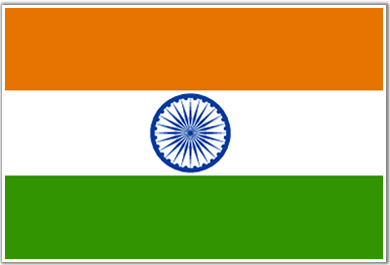
The national flag of India was initially designed by Pingali Venkayya and has been in its present form since its finalization in an ad hoc meeting of the Constituent Assembly held on the 22 July 1947. The Indian national flag has served as the national flag of the Dominion of India from 15 August 1947 to 26 January 1950 and that of the Republic of India afterwards. The flag is a horizontal tricolor of deep saffron at the top, white at the middle stripe, and green at the bottom. There is a navy blue wheel with twenty four spokes on the middle white stripe. This navy blue wheel is called the “Ashoka Chakra” and has been adapted from the Ashoka pillar in Sarnath. The diameter of this Chakra is three-fourths of the width of the white stripe. The significance of the flag of India was clarified by India's first Vice-President Sarvepalli Radhakrishnan. Saffron color signifies renunciation and disinterestedness in material gains. White color signifies light, the path of truth to guide us, and the green color at the bottom signifies fertility and our relation to soil. The “Ashoka Chakra” with its 24 spokes signifies 24 hours of a day.
Indian Freedom Fighters

‘Free India’ was a dream of all Indians under the British rule. Everyone during that rule fought in some way or the other with a common aim of ending British and other colonial authorities in India. After a century of revolutions, struggle, blood shedding, battles and sacrifices, India finally achieved independence on August 15, 1947.
India was free in 1947 from the British Empire but the country lost many men and women who were filled with undaunted courage and spirit of patriotism. Today, they are known as freedom fighters because they sacrificed their lives for their motherland.
Indian freedom fighters with their true spirit and undaunted courage had faced various tortures, exploitations and hardships to earn us freedom.
The pioneers of the freedom movement were Mangal Pandey, Tantia Tope, Rani of Jhansi and the great Indian leader Mahatma Gandhi who introduced non-violent ways of fighting the enemy. Other notable freedom fighters of India are Annie Besant, Lala Lajpat Rai, Bal Gangadhar Tilak, Bhagat Singh, Bipin Chandra Pal, Sukhdev, Gopal Krishna Gokhale, Chandrashekhar Azad, Sarojini Naidu>, Dadabhai Naoroji, Sucheta Kriplani and Chakravarti Rajagopalachari.
There are endless number of men and women other than the above list who daringly fought for India’s freedom.
indian religion
Indian citizens are free to follow any religion and faith. Indians worship different Gods in many different ways. Religion with its rituals and philosophy forms the life style of any average individual born and brought up in India.
India has also created a platform for many religions from all over the world. However the main religions of India, which are actively practiced in the country are ¬Hinduism, Jainism, Sikhism, Buddhism, Islam, Christianity, Zoroastrianism and Judaism.
Over 80% of Indians practice Hinduism, 13.45% of Indians practice Islam, 2.35% Christianity, 1.94% Sikhism. Popular faiths like Jainism and Buddhism, which have originated in India, have acquired the status of world religions today. But Zoroastrians or Parsis and Judais or Bahais are a disappearing minority in India now.
All religions of India have a wide reach and are recognized for their strength all over the globe. Indian society follows a rigid caste system. Indian people normally marry within their own communities. However most Indians have a tolerant attitude towards other castes and communities. India has preserved its secular outlook through volatile a history of foreign invasions.
The freedom to practice any religion of his choice is a fundamental right of every Indian citizen. There is an ongoing attempt to modify the Indian constitution in order to establish a uniform civil code for all Indian citizens. This concept is still in the process of taking manifestation as a directive principal. Religious communities follow their own personal codes for now. However Indian law is the same for people of all communities in India.
poverty in india
The main causes of Poverty in India are its high population growth rate, agrarian form of economy, primitive agricultural practices, illiteracy, ignorance, unemployment, underemployment, caste based politics, urban rural divide, social iniquity and discrimination.
One third of the Indian population has emerged from the squalor of poverty in recent years inspite of the above factors.
The issue of urban poverty in India can be best expressed with the term pseudo urbanization. Pseudo urbanization is a state when a city is unable to contain its populace in terms of providing livelihood, housing and infrastructure. This is mainly due to the vast and continuous immigration of the rural poor into urban areas.
Immigration creates a shortage of resources in the cities. Urban poverty in India and other third world countries has resulted in the formation of large slums and shanty towns.
Indian government has launched various plans to eradicate poverty in India since 1950. For the problem of poverty in India, solutions have been found with some success in recent times.
A very good example of this is the civic drive to make the poor self sufficient for the three basic requirements of food, clothing and shelter. The most successful part of the scheme has been food rationing, which has made food available to the poor at controlled prices.
Crusades like ‘national employment program’ and ‘food for work’ initiatives have done much to harness the unemployed as productive beings. Another anti poverty program in recent times, which has won much acclaim, is the ‘rural landless employment guarantee program’. This was drafted in 1983 to target the rural poor for employment and economic rehabilitation. However India will have to work hard for a long time for complete eradication of poverty.
caste system india
The Indian caste system is highly complex. Its functionality in Indian society is highly surprising because it has many drawbacks. The rigid structure of the caste system in India has abided through centuries.
In India caste comprises closed groups, whose members are severely obliged to restrain themselves to certain hereditary occupations. Particular castes are allowed to marry and socialize only within their own groups.
In India an Individuals social status is gauged by his birth. This also serves to determine his caste. Nowhere in the world is caste exhalted to such a degree as in India.
The Indian word for caste is jati. Thousands of jatis are strewn all over India. Each jati has its own governance, customs, traditions, religion, rules and style of living.
The ancients divided Indian society in four groups-namely Brahmans who came from the priestly group of learning, Shatriyas who were the warrior and ruling section of society, Vaishyas who were businessmen, traders and farmers; and Shudras who comprised of laborers and humble peasants. The untouchable or Panchamas were placed below the category of Shudras.
The rigid hierarchy of the Indian caste system has been severely criticized by individuals with a humanitarian vision from India and outside India. Gautam Buddha, Mahavir, Ramananda Maharshi, Kabir, Eknath, Dnyneshwar, Ramanuja, Tukaram, and Sathya Sai Baba all led criticisms of caste system in India in olden times.
Many Christian missionaries and Indian reformers like Raja Ram Mohan Roy, Swami Dayananad, Sri Ramkrishna Paramhansa, Vivekanand, Mannathu Padmanabhan, Narayan Guru, Mahatma Gandhi led many crusades against discriminations based on caste in Indian society.
There are multiple effects of caste system in modern India. Metropolitan India has started walking away from the rigidity of the Indian caste system. This is the result of co mingling with other communities, higher education, globalization and economic growth
indian dishes
Food is an integral part of Indian culture. Choice of food and techniques of cooking vary with communities, states and religions in India. Indian cooking is unique due to its huge variety, special ingredients and numerous cooking styles.
Many recipes for Indian rice dishes, and Indian side dishes emerged during the Vedic times. These were regularly made by Vedic Hindus. Indian masala dishes and the all prevalent Indian curry was given to India by the Mughals.
Indian food is intimately connected with culture, religion, region and festivities. Any cooking classes that are conducted to teach one to prepare Indian food would consist of recipes made from rice, whole-wheat flour, pulses, bengal gram, pigeon pea, black gram and green gram.
Groundnut oil in popularly used for cooking in North India while Mustard oil is the traditional medium of cooking is the eastern parts of the country. Indian curries are mostly prepared with vegetable oil. The use of vanaspati ghee is popularly used to make sweets in India.
Turmeric, ginger powder, asafetida, coriander, cumin seeds, red chilly powder and black mustard seeds are the main spices used to make most Indian side dishes and dishes. Garam masala is also indispensable to Indian food.
Dry spices like clove, cinnamon and cardamom are popularly added to Indian dishes to give them a special flavor and aroma. Malabathrum, coriander, bay leaf and mint leaf are some herbs commonly used to cook Indian food. Curry leaves are mostly used for South Indian cooking. Nutmeg, rose petal essence, saffron, cinnamon and cardamom are added to Indian sweet dishes for essence..
india restaurants
There are many Indian restaurants in India and abroad. The term restaurant is derived from the French verb restaurateur. The word depicts variations and diversity in terms of venue and cuisine.
Indians have established restaurants all over the world. Indian cuisine is very popular in Britain and America. Restaurants run by Indians do very well in these countries.
In India, there are numerous restaurants in all big and small cities. Chains of restaurants serving South Indian Udipi, Indian Chinese, Moghlai, Punjabi, Rajasthani, Gujrati and Continental food are found in all states of the country.
Restaurants are sometimes a part of a larger establishment like a five star hotel or a shopping complex. These restaurants are mostly patronized by non-resident Indians who live in the hotel premises.
In modern India fast food restaurants are becoming very popular. Dishes like burgers, pav bhaji, Indian chat items; South Indian idlis and dosas are served in these places. Some fast food restaurants in India are franchises of International companies.
The Dhaba is another popular manifestation of the Indian restaurant. These are local restaurants dotting the highway. Dhabas are known for catering to truckers. They serve local cuisine and are mostly found near petrol pumps. They are run for 24 hours.
The word Dhaba is synonymous with Punjabi food and music for the common man. A tea stall is a type of mobile restaurant in India. It caters to common Indian crowd. Tea stalls are made by small time vendors who sell tea; coffee and milk on make shift stalls on the roadside.
india culture
A versatile culture with multiple languages, many religious customs and varied life styles bears testimony to this. The Indian culture is very old and its landscape is vast and varied.
The diversity in culture and foods of India, clothing and languages, religion and life styles is marked by a unique sense of integration - based on a common heritage. This sense of unity also serves to preserve India’s national integrity.
An Indian is first an Indian, and then a Sikh, Hindu, Muslim, Punjabi, Bengali or Sindhi. Each state in India is integral to its entity as a whole even while carving a unique niche for itself.
Unity in diversity forms the distinct culture of India. In India culture today is characterized by a unique vision of oneness. North, south, east and west all have their own distinct religious identities. This has resulted in multiple cultures and life styles in the country. Yet the whole country remains bound together as a single nation.
India is the birthplace of many religions like Buddhism, Hinduism, Jainism and Sikhism. These religions have extended to acquire the status of world religion today. Many nations invaded India from time to time to influence its culture.
Indian life was variously affected by Persians, Turkish, Arabian and British influences from time to time. This combined with the rich traditions of ancient Indian culture has served to change the face of the world in some ways.
Indian culture is a multifaceted entity. The metaphysics and ritualistic pattern of Indian religions, its folk culture and ancient arts has gripped the minds of people from all over the world.
People come to India in search of peace and salvation from all over the globe. However urban India is now being overtaken by the rhythm of globalization. Western culture is also seen mingling with its Indian counterpart in big cities.
indian independence
Public dissatisfaction with the British rule, their policy of divide and rule and that of sabotaging basic civil liberties of resident Indians and their human rights (exemplified in the Rowlett act) and insensitivity towards Indian cultural consciousness led to the upsurge of the Indian independence movement which overthrew the British rule.
Mohandas Karamchand Gandhi in known as the father of India, all over the world. Gandhi and the Independence of India are intimately connected to each other. His non- cooperation movement along with the amazing facts and philosophy of non-violence and numerous satyagrahas catapulted the Indian masses towards their freedom from the British rule.
Gandhi was the true hero of the independence struggle and a very highly principled man who carried out a struggle for independence with the strength of his values and morals.
The first Indian protest against the British rule took place in 1857 when soldiers of British East India Company rebelled under the leadership of Mangal Pandey against the tyranny of the company and its disrespect for Indian culture. The revolt was crushed with the British separating the princely states from British India. This was typical of their divide and rule policy.
The movement for Indian Independence reached its culmination between 1918 and 1922 with a series of non-violent efforts of civil disobedience by the Indian National Congress under the guidance of Mahatma Gandhi. This set the stage for India’s final liberation from the British Raj and led to its partition with Pakistan on the mid-night of 15th August 1947. Partition was the price India had to pay for its liberation.
colleges in india
Engineering colleges in India refer to bodies of higher education, which teach engineering courses. They impart engineering studies at the degree level. Engineering courses in India last from four to five years, depending on the university and college of affiliation. Some engineering colleges also offer post graduation and other courses like PhDs.
Individuals can specialize in different fields like civil engineering, electric engineering and mechanical engineering in these colleges. The growing demand for information technology engineers has given a boost to engineering colleges in India.
Christian missionaries have done a lot to promote charity-based education in India. There are many Christian colleges in India.
Union Christian College is well known all over the country. St Josephs College is located in Darjeeling. It is a government-aided institute for Christian minority.
The Malabar Christian College or MCC is one of the oldest Christian colleges in the country. It is located in Calicut, Kerala. The Christian Medical college of Ludhiana was founded by Dame Edith Mary Brown. It was the first medical college for women in Asia.
Medical colleges in India are institutes, which offer medical education. These vary widely, ranging from singular colleges which train doctors to conglomerates which train students in other aspects of medical care.
The Medical Council of India has to confer recognition on institutes for them to be credible as Medical Colleges. Medical colleges in India are mostly administered, funded and owned by private organizations, the government of India and state government.
There are many colleges offering MBA in India. These are popularly called business schools. These colleges offer courses in finance, accounting, organizational behaviour, information systems, strategy and other quantitative methods.
Some well known business colleges in India are Indian Institutes of Management, Xavier’s Institute of Management and Entrepreneurship, Bhubaneshwar, Jamnalal Bajaj Institute of Management Studies, Welingkar Institute , Symbiosis Institute of Business Management and the Birla Institutes of Management Technology.
schools in india
There are many residential schools in India. Therapeutic schools, universities, semi boarding schools, residence halls, residential colleges and boarding schools in India all come under the category of residential schools.
India is the platform for some of the best boarding schools in the world today. Many parents in India choose to keep their children in boarding schools for their over all development. The word boarding is normally used for the provision of food and lodging.
In a boarding school children live with their peers for their over all grooming and education. Children are kept away from their parents and sent home for holidays. Boarding schools in India are mostly designed on the British system of houses.
Modern times have provided the stage for building schools for N.R.I. kids in India. Schools like the Dhirubhai Ambani academy of education, Ecole Mondiale, The American School and Mahindra Academy have forged affiliations with foreign education bodies from Britain and US to offer their courses on Indian soil. NRI children prefer to opt for the International Baccalaureate course, because it becomes easy to go in for higher education abroad after doing this.
The distance education council looks after activities pertaining to the development and growth of open universities and distance education systems in India. The important bodies offering Distance education in India are Indira Gandhi Open University, Madhya Pradesh Bhoj Open University, Netaji Subhash Open University, and Dr. Babashaeb Ambedkar Open University. Besides these, there are other bodies in India offering several courses of study through distance education.
Cooking has emerged as an academic discipline in India. Cooking schools in India offer many courses, which can translate into careers for individuals. Many individuals also conduct private cooking classes to groom boys and girls in the culinary art for better living.
The Catering College of Dadar in Mumbai and the Indian Institute of Hotel Management (IHM) in Aurangabad are well known for providing quality training to those aspiring to work as chefs in the catering industry.
universities in india
The advent of internet technology and computer technology has paved the way for online universities in India. The field is still in its nascent stages with vast scope for development.
Business and commercial education has reached a high quality with the establishment of many MBA universities in India. Two wonderful examples of such institutes are the IIM’s and ISB of Hydarabad. The students from these institutes are solicited by the best multinational companies.
Through university education individuals can pursue several professions like Medicine, Law, Engineering, Teaching, Arts and Humanities.
All universities have an infrastructure for research, which is an integral part of higher education.
The government of India supports many Indian universities. There are also many private universities in India, which are supported by institutes and private enterprises.
State governments are given various incentives by the center to support universities in their area.
Foreign Universities in India are on the rise in recent years. The University Grants Commission offers a comprehensive record of all recognized universities in the country.
Foreign universities are also collaborating with Indian education bodies to offer new courses in the country. This is due to the new trend towards globalization in India.
India is a vast and diverse country with many states. Each state has universities and autonomous education bodies of their own. Each university is different in terms of quality and standard of education. It is impossible to give a complete state wise list of all universities in the country in an article of this size.
Some top universities from the state of Delhi are Jawaharlal Nehru University, University of Delhi, All India Institute of Medical Sciences and All India Institute of Technology. The Indira Gandhi National Open University is a prestigious body for distance education courses.
In Maharashtra some famous universities are University of Mumbai, University of Pune, Shivaji University of Kolhapur, Indian Institute of technology, Bombay and Yashwantrao Chavan Maharashtra and Open University from Nasik.
Gujarat and South India also rank high in terms of universities offering higher education in India. Besides these all states of India have their own universities. The total number of universities in the country runs into hundreds.
indian songs
New Indian songs are composed from a multiple tradition of classical, folk, and pop music culture. Classical Indian music has evolved through several millenniums of Karnatak and Hindustani musical traditions. The evolutionary drive has continued through a span of many centuries.
Indian Hindi songs are an integral part of cultural ex-pression, religious sensibility and entertainment quotient in India.
India is a large country with a diverse culture. The many castes, languages and dialects in India have a direct bearing on its music.
The infiltration of foreign influences like Persia, Turkia, Britain and Arabia have a served to mould Indian music over several centuries. Music is fundamental to the Lives of all Indians.
Indian video songs were very popular in the previous decade. Video became a popular household name in the early twentieth century. Video films of popular Indian songs gave a fresh impetus to the music industry all over India at this time.
Visuals from popular films were combined with their songs to entertain the Indian people in their own houses. Video cassettes of a single popular singer with all his compositions were also made for music lovers to devour all over the world.
Indian songs and are popular all over the world. The different manifestation of Indian songs such as qawalli, dadra, kirtan, ghazal, thumri, shabd, bhajan and gurbani are relished by music lovers all over the planet.
Indian filmy songs & hindi mp3 songs cover a big platform in the form of popular pop music in the western world. New Indian songs are sometimes remixes of old popular Hindi songs. Individual pop artists have also taken to making individual albums, which are a hit all over.
Lata and Asha Mangeshkar were the star singers of Indian Hindi songs in the past decades. Many new singers like Alisha Chinai, Sunidhi Chauhan, Shaan, Kunal Ganjawala and Sonu Nigam have emerged on the music scene in India.
In the era before Lata and Asha artists like Manna Dey and Ghalib sang lovely Hindi songs. Mohammad Rafi, Kishore Kumar and Mukesh were also well known contemporaries of the Mangeshkar sisters.
mobile phones in india
Rural India is still inadequate in terms of connectivity for efficient telecommunication.
BSNL is one of the main public sector telecommunication companies in India. It has been rated 7th largest in the world.
Hutch, BPL, MTNL, Bharti Telecom, Reliance and Tata Indicom are the other active telecommunication operators in India.
India’s mobile phone industry is one of the fastest growing industries in the world. Mobile phones in India were formally launched in august 1995. For the first few years after the advent of mobile phones, monthly subscriptions were added to the tune of 0.05 to 0.1 million in India. Subsequently the subscriber base stood at 10.5 million in December 2002.
The Indian mobile phone industry has entered a phase of boom due to many proactive measures taken by various licensors and regulators. Two Million mobiles subscribers were added every month in India from 2003 to 2005. The two other countries with more mobile phones then India are USA and China.
The main technologies followed by India for mobile communication are global GSM and CDMA.GSM is the global system for mobile communication and CDMA is based on code division multiple access. Mobile tariffs are very low in India.
Thirty two million mobile handsets were sold in India in the year 2005. Indian ring tones primarily comprise of music of Indian origin like Indian film songs and bhajans.
Total revenue generated by the telecom service sector in 2004-2005 was 86,720 crore in India. This meant an increase of revenue by 21% from the previous year.
Airtel covers 21.45 of subscriber base in India. Reliance is the second largest with a subscription controlling a base of 20.3%. BSNL follows closely at 18.6% and Hutch was 14.7% according to a June 2005 survey.
ancient india art
A heightened sense of aesthetic awareness and accomplished craftsmanship was visible in the architecture and artifacts found during excavations on these sites.
The Harappan seals also revealed a detailed understanding of human and animal anatomy on deep study. The tradition of symbolism in Indian art was also clear from them.
Ancient India figure sculpture art form was first discovered in the famous figure of a dancing girl. This piece of sculpture was recovered through excavations in Mohenjodaro.
The use of symbols in art forms was popular at this time. Symbols were rampantly used as tools of artistic ex-pression to visualize abstract thought and spiritual philosophy.
Ancient Indian temple architecture, murals, sculptures and paintings are also treasures, which mirror the nature of ancient Indian art.
Fire altars, which were erected in temples during the Vedic period, are considered brilliant, in terms of mathematical and astronomical demonstrations. They depict a high degree of intellectual knowledge and aesthetic sensitivity at the same time.
In ancient India, each phase was unique in the field of architecture, painting, literature and art. Different influences both external and internal drove the evolution of Indian art from time to time and place to place.
Hindus, Buddhists, Mughals and the British, all ruled over India in different phases and influenced its art.
Multiple invasions and intercultural exchanges gave Indian art vast scope for change and development.
Ancient Indian religion with its deep-rooted tradition of visual philosophy also shapes its art in a diverse pattern, which was as varied as the Indian landscape. This resulted in a unique art, which was imaginative, humanizing and spiritual.
india art
Indian art always derived its strength and inspiration from its vast reservoir of religions, philosophy and territorial culture. Each religion gave its spiritual aspect, symbolism, thought and technique to different forms of art in India.
Indian art is divided into five different periods. Art first emerged as a definite Indian entity with the advent of Hinduism and Buddhism in 3500 BC. This was followed by the influence of the Mughal culture on Indian art scene between 712 and 1757 AD. The Mughal influence was a direct result of the Mughal invasion in the country.
In Indian art, symbolism is as old as its culture. Indian art is also unique in terms of its varied metaphors, similies, Gods, Godesses, philosophies and visual imagery. The colonial influence on Indian art became evident between 1757 and 1947. Post 1947 the Indian independence movement started exerting its influence on the Indian art scene.
Contemporary Indian art comprises the modern and postmodern period.
Rabindranath Tagore is called the father of modern art in India. Modern Indian artists like Jamini Roy and S.H.Raza were inspired by the folk art traditions of ancient India. Some other famous Indian artists of the postcolonial culture are S.K.Bakre, K.H.Ara, M.F.Hussain, H.A.Gade, S.H Raza and F.N.Raza.
Other well-known Indian artists of the present time are Tyeb Mehta, V.S.Gaitonde, Ram Kumar, Akbar Padamsee, Krishna Khana, Geeta Vadhera, Krishnamachari Bose and Bikash Bhattacharya. Atul Dodiya and Subodh Gupta have also made their names in international art markets.
Each period in India was characterized by special features in the field of literature, painting and architecture.
Indian artists were primarily concerned with the philosophical aspect of their visual ex-pression. Their art epitomized abstract ideas in terms of creativity and cultural ex-pression. Religion and the culture of each place dominated the works of particular artists from time to time. Personal heritage and the socio-political rhythm dictated different trends of art in India, from time to time.
indian dresses
Socio-economic trends define the ultimate choice of party wear in India for all.
Party wear Indian dresses tend towards the fusion look. These are a blend of western and Indian dressing styles. People living in urban India are now seen wearing western dresses for reasons of comfort and utility. This trend is creating a demand for stitched or tailored garments in India. Designer salwar kameez sets and chudidar suits are fast replacing the ubiquitous sari in Indian wardrobes. This is also happening in small cities.
Salwar sets and chudidar suits are available in a wide variety, style and fit to suit every taste in Indian fashion markets. Jeans with long kurtis are also very popular with Indian women from urban area.
The typical Indian ceremonial dress is still based on the tradition of partly unstitched costumes. This is the same for men and women. Sari still remains the most popular traditional clothing for women. It can be draped in varied styles over stitched and embellished designer blouses. Saris are woven in many styles, fabrics, designs and colours.
Salwar Kameez is also becoming popular attire for ceremonial wear for women in India. Lehnga cholies with exotic half saris in the Gujrati and Rajasthani traditional style are popular Indian bridal dresses all over India.
Ceremonial dresses for Indian men differ from place to place. Indian men from urban areas show a distinct preference for western wear like suits and jackets on formal occasions. While men from rural areas still wear dhotis, lungis and pajama-kurtas on traditional occasions and special ceremonial occasions.
Indian dressing and style preferences are mainly dominated by cultural diversity and variations. These influences range from the religious, regional to individual. Society and economy also plays an important part in making clothing choices for Indian people. To sum up, India offers a fascinating canvas in terms of style, colour, texture and variety of garments to the world of fashion.
india fashion
India metro fashion differs from rural areas. This is because of the cosmopolitan nature of the crowd, foreign influences and the liberal socio-economic pace. Metro fashions in India for men and women bear the distinct imprint of the western world.
Men and women are both seen sporting the latest western wear like trousers, shirts and skirts. A blend of western and ethnic wear usually dominates formal occasions in the big cities. Modern Indian metros are a veritable picture of east and west in terms of fashion and clothing.
Fashions from India have taken big strides in the last two decades. 2006 can be identified as the year when Indian fashions took a visible position on International stage. India is no longer the place to source exotic textile and embroidery only. Indian designers are now going global like Indian IT.
The concept of Indian institute of fashion designing has also carved a special niche in the global fashion fraternity. Students from the National Institute of Fashion Technology (NIFT) and National Institute of Design (NID) are given fantastic opportunities in and outside the country. Besides these there is more than one famous India fashion school in India like the JD Institute of Fashion Designing and other Poly Tech Institutes like the Sophia College, Nirmala Niketan and Pramila Vithaldas Polytechnic in Mumbai.
Fashion designing in India has become big business in recent years. Famous Indian fashion designers like Ritu Beri, Kiran Uttan Ghosh, Manish Arora, Ashish Soni, Sabyasachi Mukherjee, Narendra Kumar Mehtani, Manish Mahlotra, Priyadarshini Rao, Surily Goel and Sonal Dubal are shown participating in International fashion events again and again. Paris coutre fashion week, Rome fashion week, London fashion week and the New York fashion week have all set the stage for Indian fashion designers in recent years. Number of invitations are received by leading Indian fashion designers to show their creations abroad. National Institute of Fashion Technology is one of the leading fashion designing schools located at various parts of the country producing excellent Indian designers. NIFT offers a wide range of courses in fashion designing. The courses involve diploma in fashion designing, diploma in accessory design, diploma in garment technology, etc.
india independence
The 1947 Indian independence has been celebrated every year in the country on 15th August. 15th August is celebrated ever since 1947 as the Indian Independence Day.
Public dissatisfaction with the British rule, their policy of divide and rule and that of sabotaging basic civil liberties of resident Indians and their human rights (exemplified in the Rowlett act) and insensitivity towards Indian cultural consciousness led to the upsurge of the Indian independence movement which overthrew the British rule.
Mohandas Karamchand Gandhi in known as the father of India, all over the world. Gandhi and the Independence of India are intimately connected to each other. His non- cooperation movement along with the philosophy of non-violence and numerous satyagrahas catapulted the Indian masses towards their freedom from the British rule.
Gandhi was the true hero of the independence struggle and a very highly principled man who carried out a struggle for independence with the strength of his values and morals.
The first Indian protest against the British rule took place in 1857 when soldiers of British East India Company rebelled under the leadership of Mangal Pandey against the tyranny of the company and its disrespect for Indian culture. The revolt was crushed with the British separating the princely states from British India. This was typical of their divide and rule policy.
The movement for Indian Independence reached its culmination between 1918 and 1922 with a series of non-violent efforts of civil disobedience by the Indian National Congress under the guidance of Mahatma Gandhi.
This set the stage for India’s final liberation from the British Raj and led to its partition with Pakistan on the mid-night of 15th August 1947. Partition was the price India had to pay for its liberation.
freedom fighters of india
After a century of revolutions, struggle, blood shedding, battles and sacrifices, India finally achieved independence on August 15, 1947.
India was free in 1947 from the British Empire but the country lost many men and women who were filled with undaunted courage and spirit of patriotism.
Today, they are known as freedom fighters because they sacrificed their lives for their motherland.
Indian freedom fighters with their true spirit and undaunted courage had faced various tortures, exploitations and hardships to earn us freedom.
The pioneers of the freedom movement were Mangal Pandey, Tantia Tope, Rani of Jhansi and the great Indian leader Mahatma Gandhi who introduced non-violent ways of fighting the enemy. Other notable freedom fighters of India are Annie Besant, Lala Lajpat Rai, Bal Gangadhar Tilak, Bhagat Singh, Bipin Chandra Pal, Sukhdev, Gopal Krishna Gokhale, Chandrashekhar Azad, Sarojini Naidu>, Dadabhai Naoroji, Sucheta Kriplani and Chakravarti Rajagopalachari.
There are endless number of men and women other than the above list who daringly fought for India’s freedom.
indian history
Regional expansion and population density can also be understood only after a thorough and deep study of the history of India.
India history, when viewed from the present times with contradictions like poverty and material growth, illiteracy and high intellectual human resources, rich culture and low standard of living reveals a magnificent society in flux. The process started in the 3rd Millennium B.C. with the inception of the Indus valley civilization.
The Harappan civilization was established in the northwest. It was primarily an agricultural economy, which extended into an urban mode of society. Long distance trade started at this time.
In India, history opened its second chapter in the first millennium B.C. At this juncture, extensive agricultural development around the Yamuna, Ganga and several other southern rivers boosted population, trade and urbanization.
It is easy to understand India and its culture when seen from the perspective of the Vedas, which served as the prime treatise in the country. The Vedantic code is still ingrained in the Indian psyche.
The seventh century A.D. ushered a new era in India due to cross cultural trade associations with other parts of Asia and the Middle East. This culminated in the infiltration of Portuguese explorers, missionaries and other traders in 1498.
The history of Buddhism in India was a special chapter, which has given the world a new religion. Buddhism was founded by Sidharth Gautama (563-483B.C.). Gautama was a prince who abandoned his kingdom in search of the meaning of life. Gautama Buddha or Sidharth diluted the culture of brahaminic priesthood and caste hierarchy in the 5th century B.C. Gautam and Mahavir (the founder of Jainism) gave the world a practical means of seeking the truth.
ancient india
Ancient Indian history can be broadly divided into the Bronze Age, Indus valley civilization and The Vedic period in the 6th century BC.
Medieval India began in the 7th century, with a series of Muslim conquests.
Ancient India government started with the heads of nomadic tribes being given the designation of kings when they started settling in groups for agricultural purposes. The passage of time saw the growth of large kingdoms.
By the 6th century BC there were 16 Mahajanapadas or kingdoms in ancient India. Many small republics were formed at this time with the elements of the democratic form of governance. The raja (king) heads the judiciary, legislative and executive structures and is appointed many officials or council of ministers as advisors under him.
Ancient Indian culture is old and unique. Ancient India cultures were amazingly diverse because of the vast geographical territory. Every state in India has its unique language, art and life style.
India is the womb of many world big religions like Hinduism, Jainism, Sikhism and Buddhism. Indian culture nourishes a vast variety of cultural influences. Indian festivals are fascinating for their rituals, traditions, spiritual philosophy, art, pomp and gaiety.
Ancient India food habits reflected its cultural diversity. Ancient Indian cuisine was a composite mixture of many styles and influences. Each state had its own unique style of cooking and serving food. This was based on the geography of the region.
A combination of these factors has resulted in an exclusive Indian culture - a composite mixture of varying styles and influences. In the case of cuisine for instance, the North and the South are totally different.
Festivals in India are characterized by face painting, color, gaiety, enthusiasm, prayers and rituals. In the realm of music, there are varieties of folk, popular, pop, and classical music. The classical tradition of music in India includes the Karnatak and the Hindustani music.
Ancient India art was very cerebral. Music, painting and the scriptural texts were highly evolved and everything had to be learnt and not written. The language of ancient India was Sanskrit. It was a very evolved language in terms of phonetics.
Ancient Indian art was highly introspective and driven towards the full evolution of human mind and body.
Patanjalis yoga shastra and yoga vidhya are a very good example of this. Ancient India adapted to ornamentation and beauty for a religious life and metaphysical ex-pression. Gods and Goddesses were depicted in all works of ancient Indian art as representing different elements of nature..
national flag of india
Madam Bhikaji Cama unfurled the first Indian flag of freedom in Stuttgart at the socialist congress meeting in the year 1907. Her flag had the sun, the moon, seven stars and the lotus with Vande Matram inscribed on the central white portion.
The national flag of India arrived at its present form through a long process of evolution. There was a lot of debate about the meaning of the India flag before the congress declared in 1931, that its three colours saffron, white and green should represent qualities and not communities.
The country flag of India is presently shown as having three horizontal stripes - saffron, white and green. In the center is a small ‘chakra’ or wheel with 24 spokes. The design of the wheel is based on the emblem, which appears on the Lion capital of Ashok of Sarnath. The Indian flag was made using ‘khadi’ cloth.
It is important to explain the meaning of the three colours when we speak about the India flag. Saffron colour represents courage and sacrifice, white is for peace and truth and green means faith and chivalry. The spinning wheel symbolizes the hope of the Indian masses.
The final design of the Indian flag was approved on 22nd July 1947 by the constituent assembly. This is the design, which is unfurled on all occasions of Indian flag hoisting, to fill the hearts of Indians with patriotism.
A national protocol is supposed to be observed while displaying the national flag in India. The flag is supposed to be hoisted at sunrise and lowered at sunset except in special circumstances. It is also prohibited to show the Indian flag upside down and considered irreverent to keep the flag in a dirty and tattered mode.
population of india
The rate of population growth in India as per the estimates gathered from the sample registration system in terms of the difference between average birth and death rates in the late nineties are as follow: 1975 to 80 - 1.97%, 1981 to 85 - 2.155, 1985 to 90 - 2.09%, 1990 to 93 - 1.97%.
India covers 2.4% of the planets land region and covers 16% of the earths population. According to a July 2004 survey, the current India population figure is 1,065,070,607.
The population density of the nation amounts to 324 people per square kilometer from which 31.7% are males in the 0 to 14 years of age bracket that is about 173,869,856 males and 164,003,915 females. India’s population is estimated to be above 1 billion in the 21st century.
According to a 2004 estimate, in the age bracket of 0 to 14 years - 31.7% (male - 173,869,856; female - 164,003,915), 15 to 64 years - 63.5% (male - 349,785,804; female - 326,289,402) 65 years and over - 4.8% (male - 25,885,725; female - 25,235,905).
More than 70% of Indians live in rural areas and the rest in the 200 cities and towns. In India, population problems can only be solved by strict family planning measures along with an intense drive to eliminate ignorance and poverty among people.
People should also be made aware of the need to raise their standards of living and individual quality of life – especially for women. This singular problem is the basis of many related issues, which retard the progress of the country and must be eliminated by creating awareness and also making optimal use of the manpower of the country.
meaning of indian names
Anthropologists claim that the names given to individuals vary with places and cultures due to the natural vibrations and ecology of different places.
All Indian languages have their origin in the Sanskrit language. Sanskrit was a very complex language, which reflected the advanced culture of Hindus in the Vedic times. Indian child names are mostly drawn from the scriptures, which were written at this (Vedic) time by yogis.
It is difficult for some people to relate to the meaning of Indian names in modern times. History has played a big role in characterizing Indian names. Foreign invasions and cultural exchanges have left their mark on the name of Indian children.
Individual preferences of parents have started prevailing over religious dictates and family pressures lately. Indian children are sometimes seen bearing very non-Indian names.
Most well-known conventional Indian boys names are taken from the scriptures. Indian boys are also popularly named after Indian Gods. Some instances of these are Ram, Govind, Gopal, Krish, Mohan, Ishvar, Kartik, and Girdhari.
The modern tendency is to give Indian boys names with beautiful meanings. Some examples of these are Yash meaning valor, Vijay meaning triumph, Vikram meaning Victory, Saransh meaning result, Anubhav meaning experience.
India is a country of many castes and cultures and names given to Indian boys and girls are also driven by this. For example, Indian girl names in Punjab are accompanied by the suffix kaur, as in ‘kirankaur’.
Indian girl names are also derived from the names of Goddesses in most communities.
A special emphasis is given to the meaning of the word and feminine qualities of the sound. Some oft repeated Indian girl names are Shradha meaning faith, Karuna meaning mercy, Shanti meaning peace, Vandana meaning prayer, Bela meaning time.
Indian culture is very diverse and rich in traditions as well as ancient languages. There is an endless treasure of Indian names for both boys and girls in India, which is unparalleled in terms of their brilliance and depth.
Famous writers have compiled whole books of Indian names to help parents name their children.
indian baby names
Indian babies names are mostly decided by priests after studying the horoscope of the child in traditional families. This is an age-old practice in India, which is taking a backseat in urban areas only lately.
Indian names almost always have a meaning attached to them. According to Indians the sound and meaning of names create a positive or negative energy in the lives of individuals. A name giving or naming ceremony is performed in most Indian families as a way of presenting the child to the world.
The name giving ceremony is usually very elaborate, accompanied by ceremonial rituals and carried out by the family priest. The whole family is required to be present and it is believed that the child will develop personality traits according to the name given to him.
In some families a pen and paper is placed in the mother’s room after the birth of the baby. There is a belief that the Indian God - Brahma comes and writes the destiny of the child on this night. The priest then names the child according to this holy script.
There is a tendency of naming Indian children after the names of Gods and Goddesses.
Modern parents reveal that they are not able to relate to the phonetics of these signs and the child finds it uncomfortable to function with such archaic nomenclature in the real world. In such cases, priests tend to become flexible and just insist on naming the child with a designated alphabet. The ultimate responsibility of deciding a name for their child rests on the shoulder of the parents.
weather in india
It is possible to explore one or other part of India, throughout the year due to its vastness and variety of its geographical terrain. The country remains accessible to the adventurous tourist in all types of weather.
India being a vast country with a diverse geographical terrain is a very attractive tourist destination.
India enjoys three seasonal cycles unlike other parts of the world. November, December and mid March are the coolest months of the year.
These are followed by summer in April, May and June.
Mid-July, August and September are the months of rainfall and monsoon in India.
In India, weather cycles and the moods of nature have given birth to many religious rituals, which form an intricate part of traditional cultural and religious activities. This is because a large part of India’s population is settled in the villages, and vast majority of its people depend on agriculture for their sustenance.
Indian Gods and Goddesses are known to be representative of different elements of nature and the life of Indian tribal people is ruled by their intimacy with nature and hence the weather.
As a result of the weather of India, winters are pleasant in most of the states with many sunny days. North India is extremely dry, hot and dusty during the summer months making it unpleasant to tour.
It is ideal to visit the western Himalayan states and its famous religious shrines in the summer months, as the average temperature remains bearable. It is almost impossible to visit these places at any other time due to the extreme climate..
jobs in india
Statistics show that although India occupies only 2.4% of the total world area, it supports more than 15% of earth’s population. India has been hailed as a triumph of unity in diversity all over the world.
Making a career in India was seen to be different from other parts of the world due to its cultural, religious and geographical diversity. Sixteen different spoken languages along with varied international influences in a country of diverse cultures did not make it easy for an individual to function smoothly in the job market.
In India, job search was a frustrating task for the average graduate till few years back. Computer technology and the outsourcing boom, which have entered India in recent years, brought a tremendous change to this scenario. Finding a job in India is not as hard as earlier even for non-English speaking individuals.
Job salaries have also gone up with the advent of technology and globalization. This has enhanced the purchasing power of the country and led to the creation of more business. Indian economy is now in the growth stage.
The business friendly policy of the government along with the availability of low salary employment force (compared to developed countries) has made India an attractive business destination for big multinationals from foreign countries. This has also gone a long way in creating great jobs for the Indian people..
healthcare in india
Indian health care policies have largely failed to adapt health-serving measures to issues of wider socio-economic developments.
Healthcare is constantly plagued by the menace of poverty, illiteracy, high population growth rate and corruption, which translates into poor sanitation, exploitation, lack of nutritional awareness and poor local participation.
Primary health centers are the pivots of health care systems in rural India.
According to a 1991 survey there are 11,200 hospitals in India, 22,400 primary health care centers and 27,400 dispensaries. Primary health care centers with their branches are run by trained paramedics.
Alternate health care practices like ancient ayurveda, herbal medicines, home remedies and yoga are very commonly practiced in India. Indian yoga has swept the western world off its feet.
Yoga in India is a three-fold path for total human development - physical, mental and spiritual. Its purpose is to bring man to his highest state development on all planes.
Regular practice of yoga ensures perfect health and fitness to an individual. Yoga classes and held across most towns and villages in India.
The field of health insurance in India is still in its infancy. There are almost no social health insurance services provided by the government and state. For health insurance needs, an Indian has to take policies from government owned or private insurance companies.
A premium is paid by the individual for these at regular intervals. In return the insurer pays for his medical costs in case of a sickness or an accident. This is only for the diseases covered by the policy.
india automobiles
Higher incomes and better life styles have also led to the entry of many new India cars . Some visible instances of high-end automobile companies, which have entered the Indian automobile scene, are Bentley, Rolls Royce and Maybach.
This is a big leap from the recent 80’s, which showed only a handful of cars like Premium Fiat, Hindustan Ambassador and Maruti 800.
The Indian car bazaar has matured beyond expectations in recent years. A variety of automobiles are to be seen on India roads and this variety seems to increase as years pass.
Indian car manufacturers have collaborated with big automobile names of international stature such as Ford to launch new cars.
Some of the other famous Indian cars that are indigenously developed and imported by manufacturers (companies) of Indian origin are the Ford Icon, Maruti, Hyundai, Honda Accord, Honda City, Fiat Palio, and Esteem.
Indian roads are abounding with new cars like Tata Indica by Tata Motors, SUVs, Bolero and Scorpio by Mahindra and Mahindra.
Hyundai had made a hesitant entry into India by signing the famous Bollywood actor Shah Rukh Khan for their advertising campaign after which others followed suit in this famous trend of signing actors and actresses in order to advertise foe their automobiles. Now, they are second to Maruti with famous models like Santro, Sonata, Verna, Accent, Getz, Tuscan, Elantra and Terracan.
Used cars still have a big market in India. Second hand cars are bought and sold all over the country by known car dealers and individual businessmen. Scrapping and recycling of cars is done on a very small scale because of this.
FEEDJIT Live Traffic Map
FEEDJIT Live Traffic Feed
Blog Archive
-
▼
2008
(67)
-
►
September
(54)
- Glimpses from the past
- Indian Flag
- Indian Flag
- Indian Freedom Fighters
- indian religion
- poverty in india
- caste system india
- indian dishes
- india restaurants
- india culture
- indian independence
- colleges in india
- schools in india
- universities in india
- indian songs
- mobile phones in india
- ancient india art
- india art
- indian dresses
- india fashion
- india independence
- freedom fighters of india
- indian history
- ancient india
- national flag of india
- population of india
- meaning of indian names
- indian baby names
- weather in india
- jobs in india
- healthcare in india
- india automobiles
-
►
September
(54)




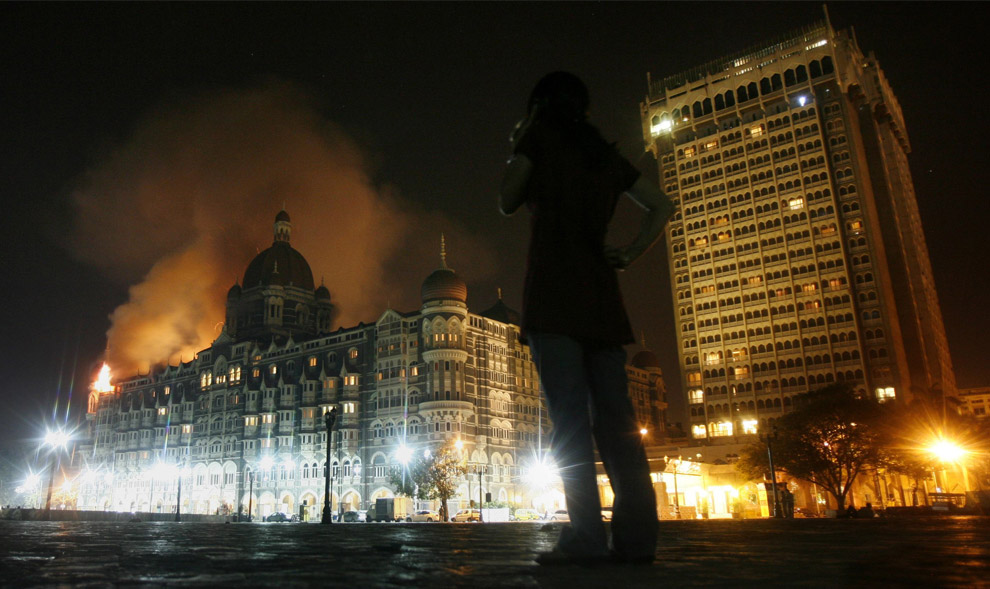
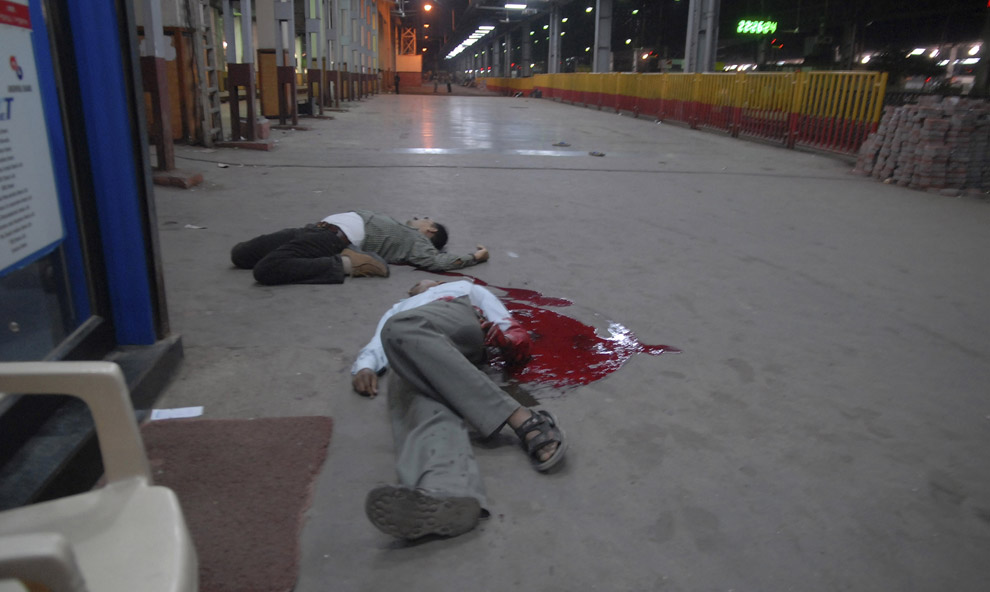
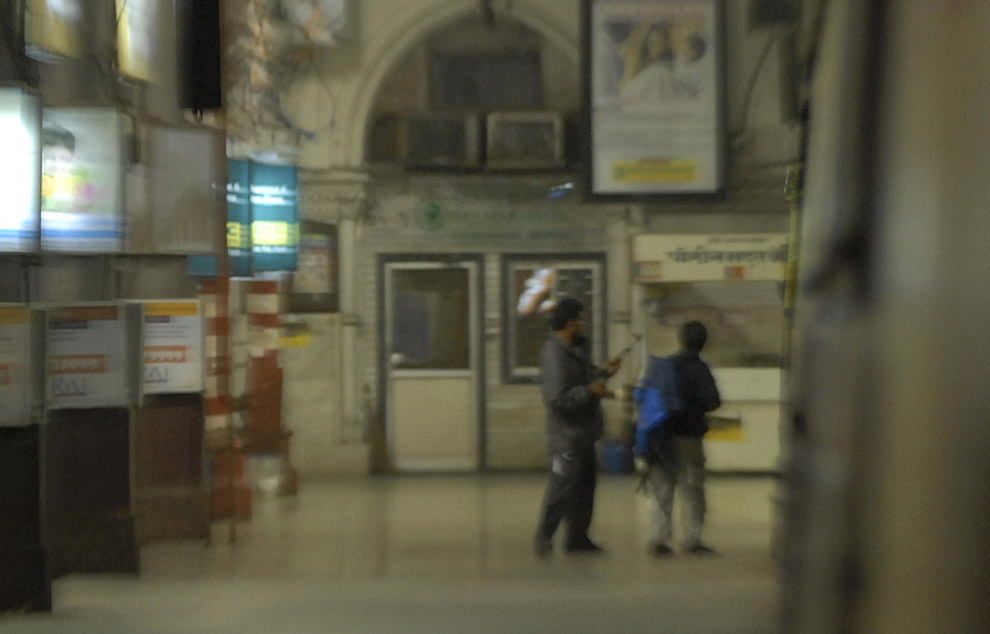
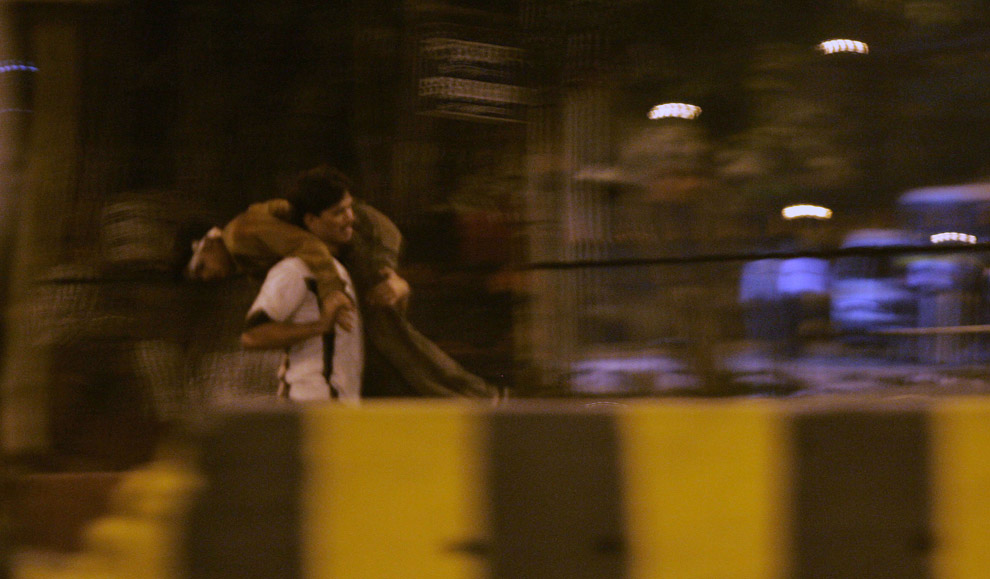
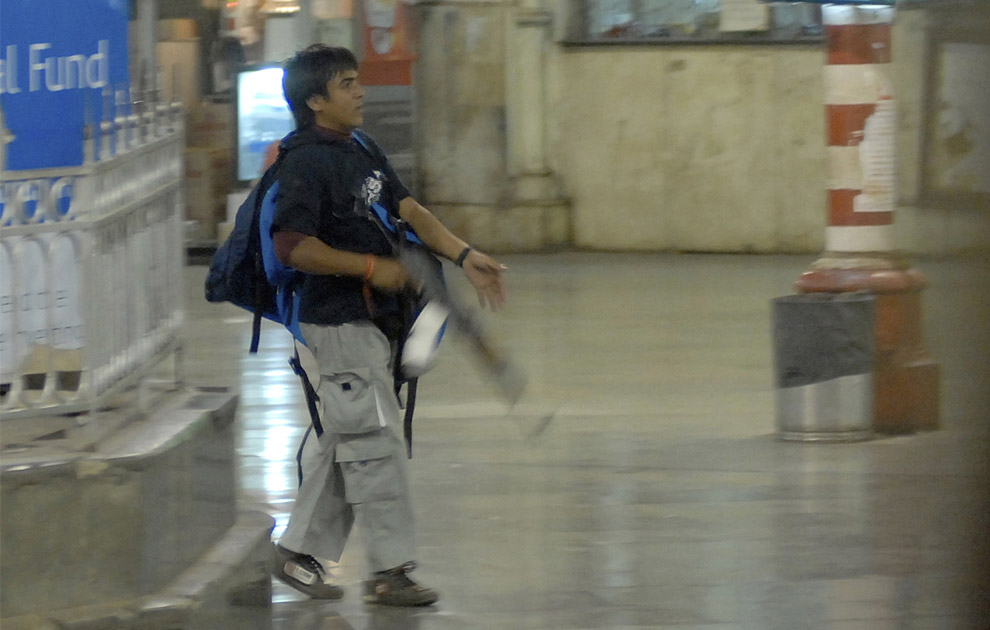
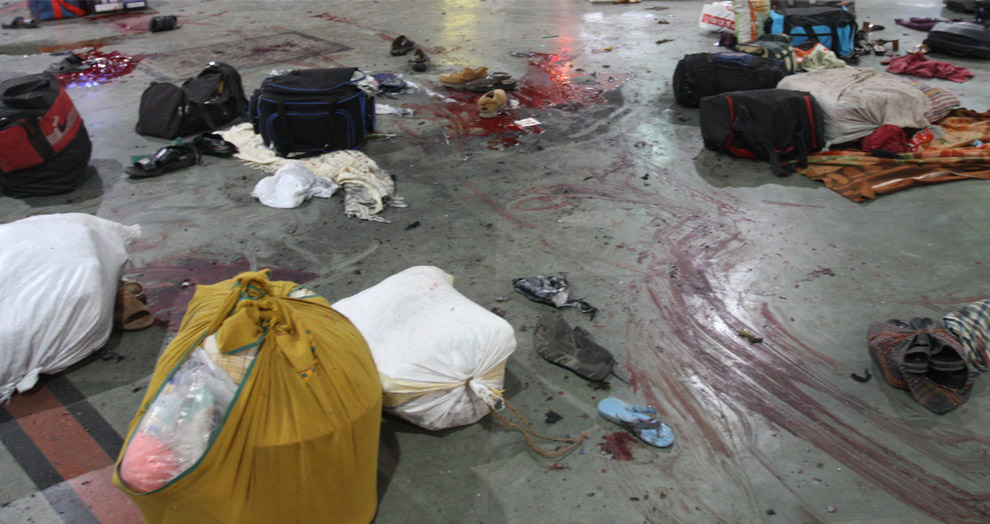
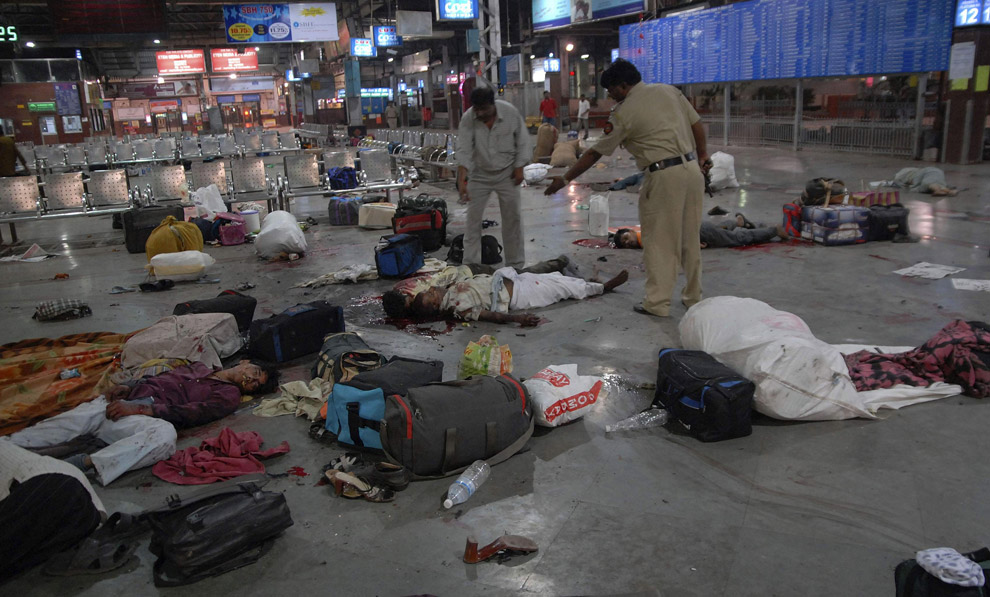
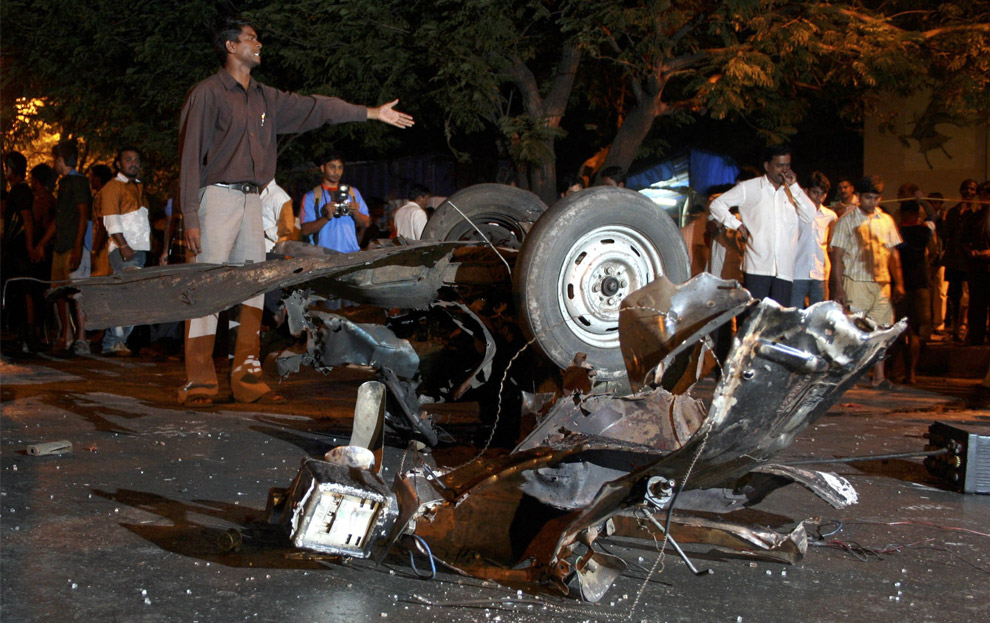
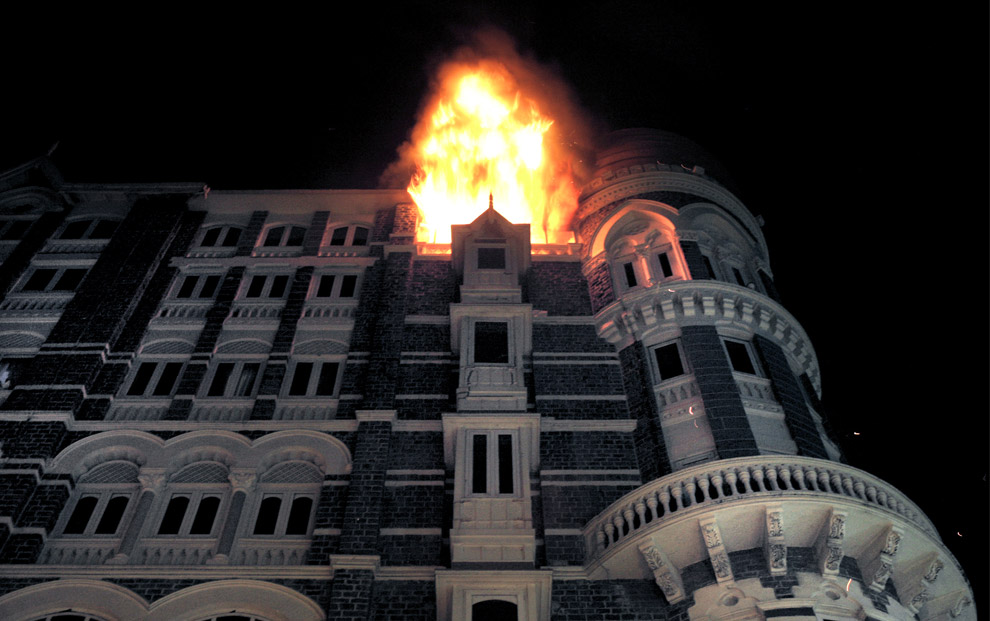
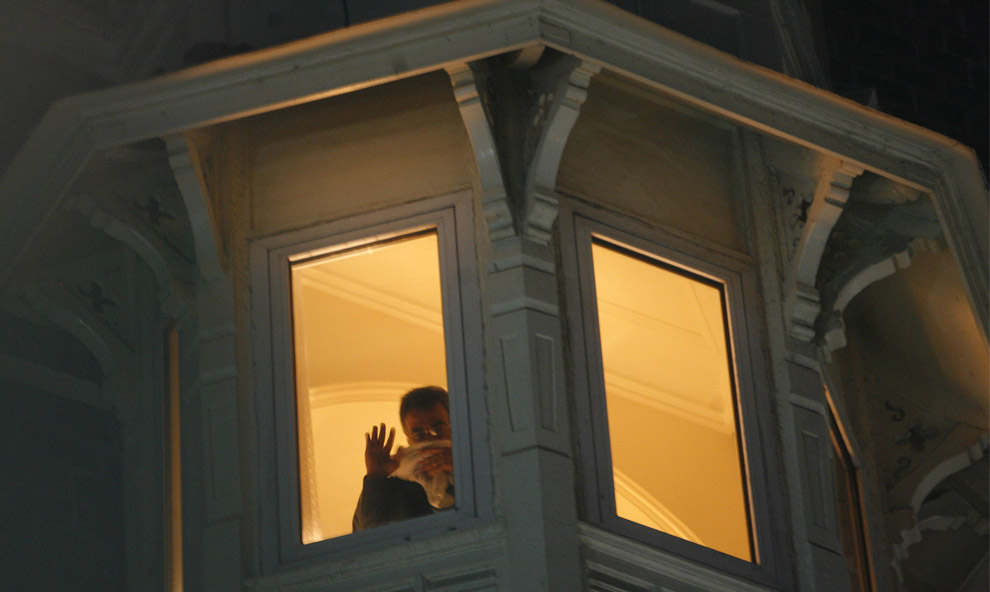
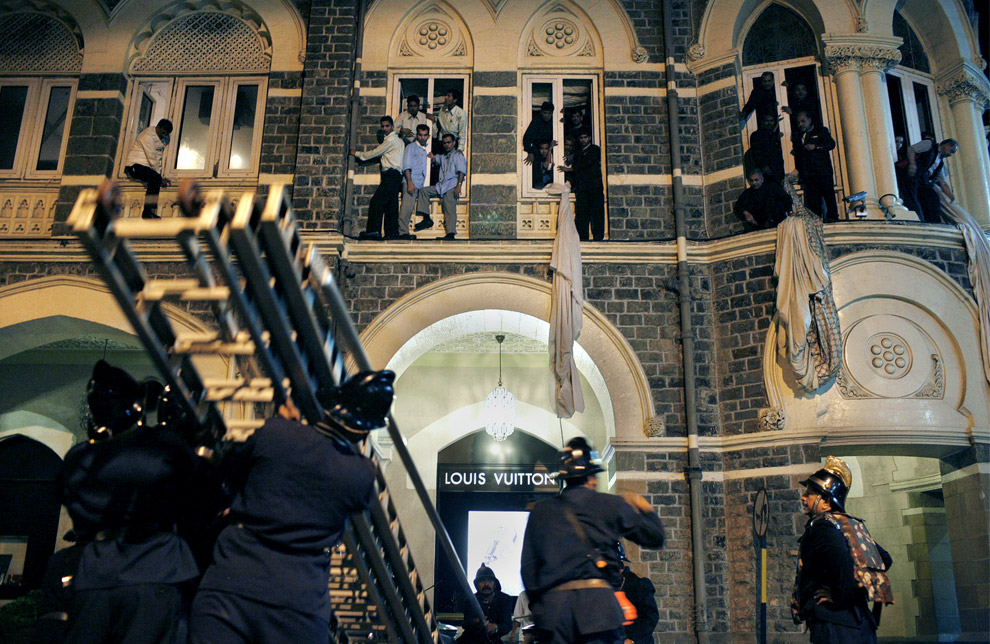

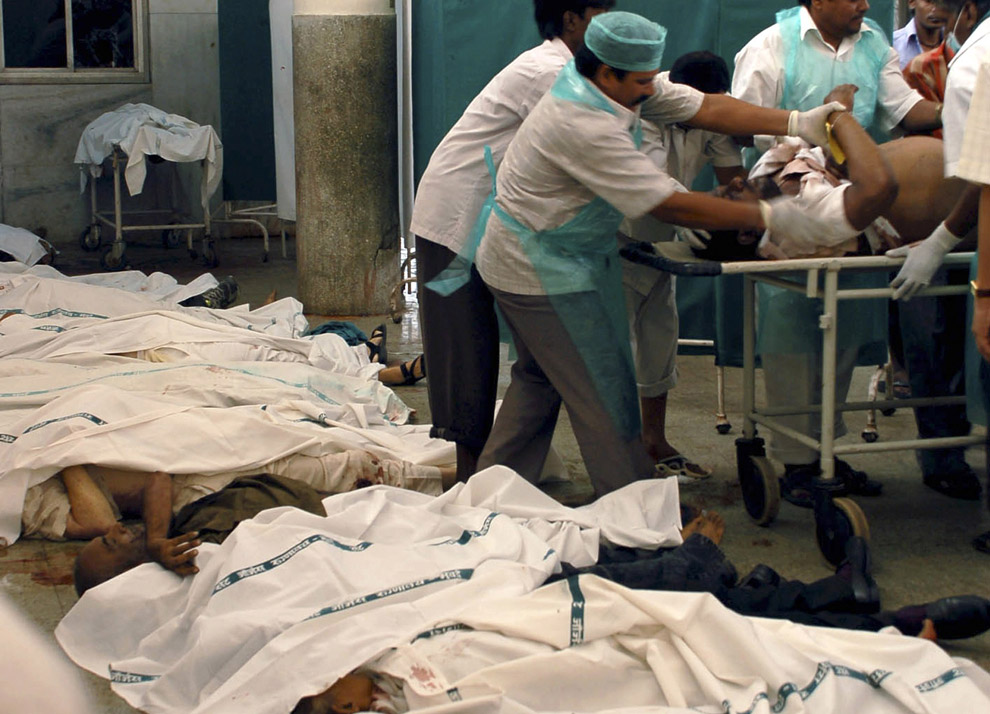
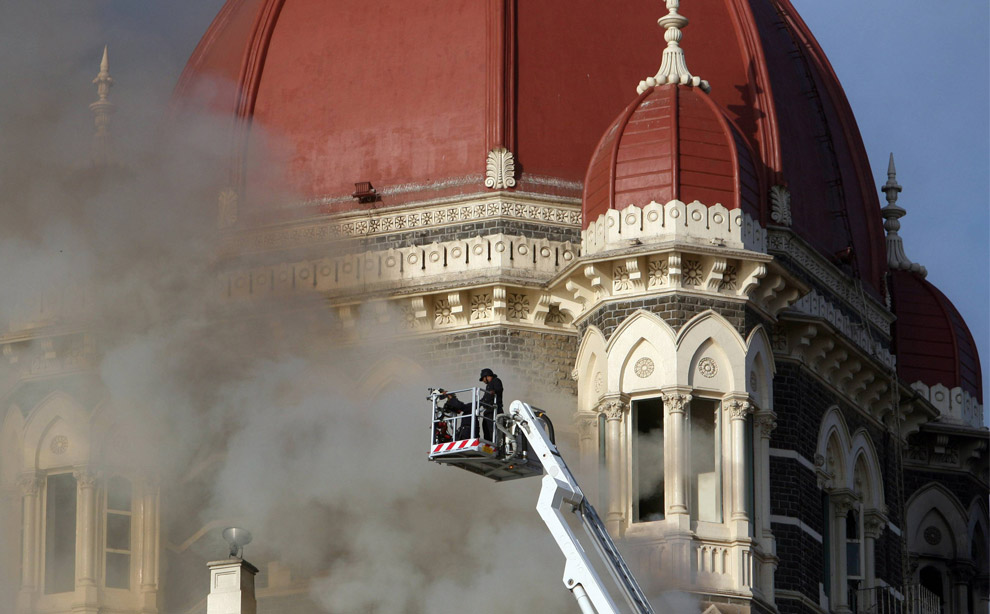
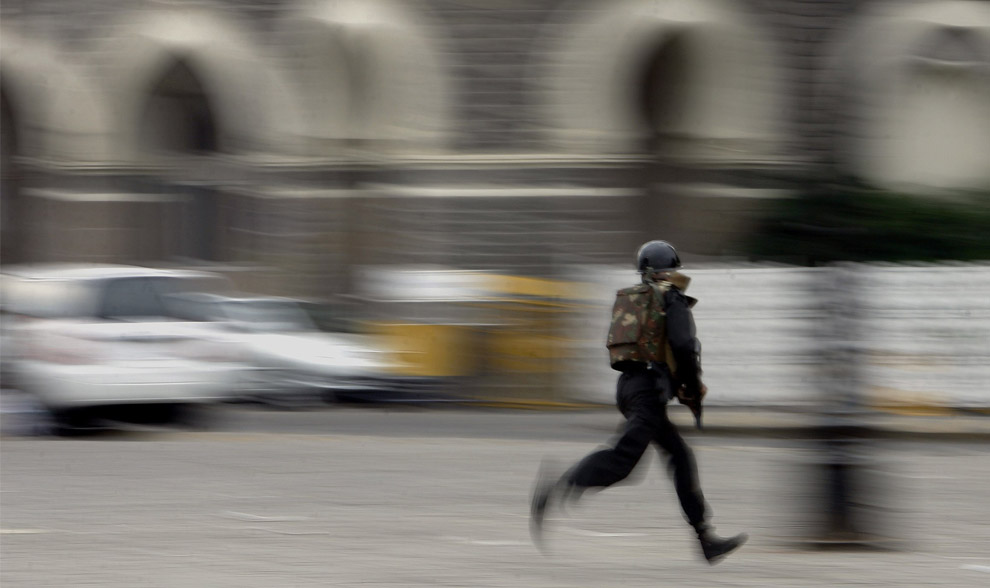
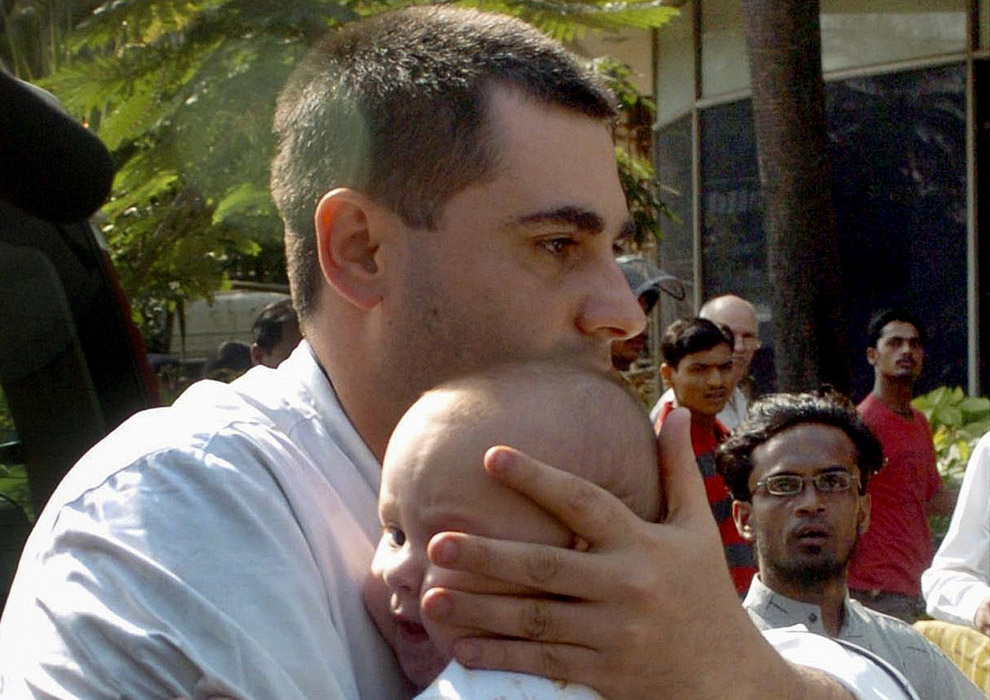
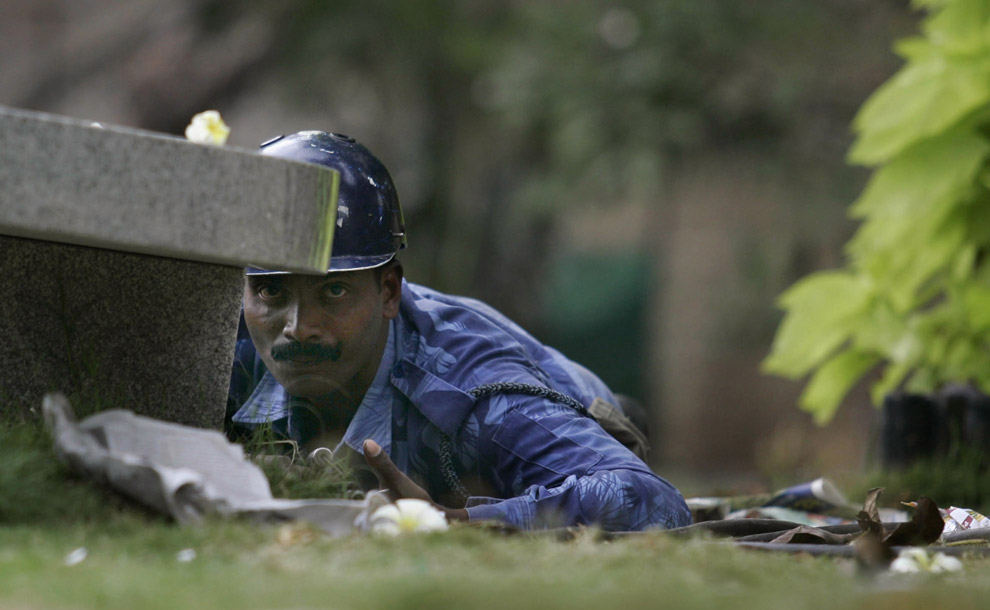
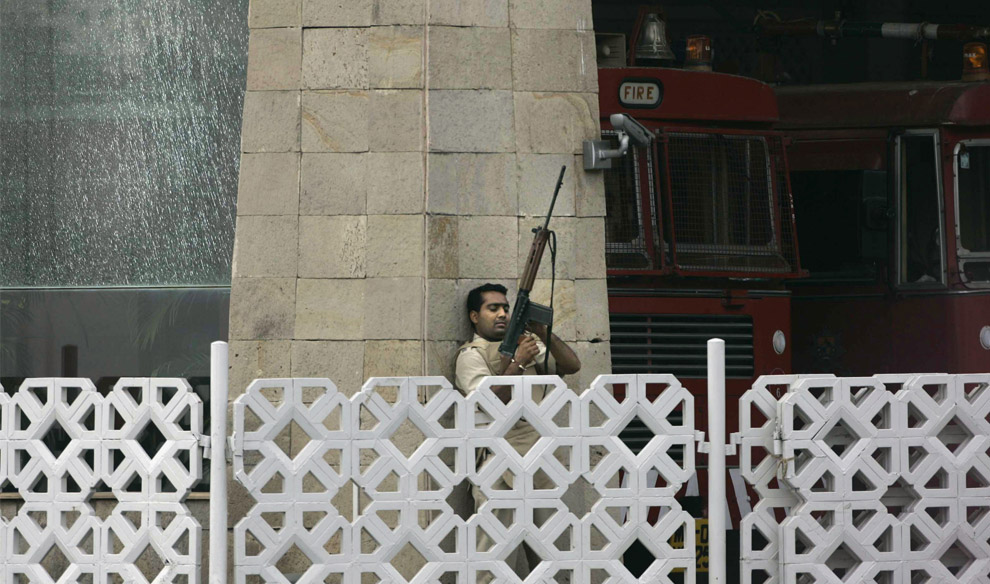
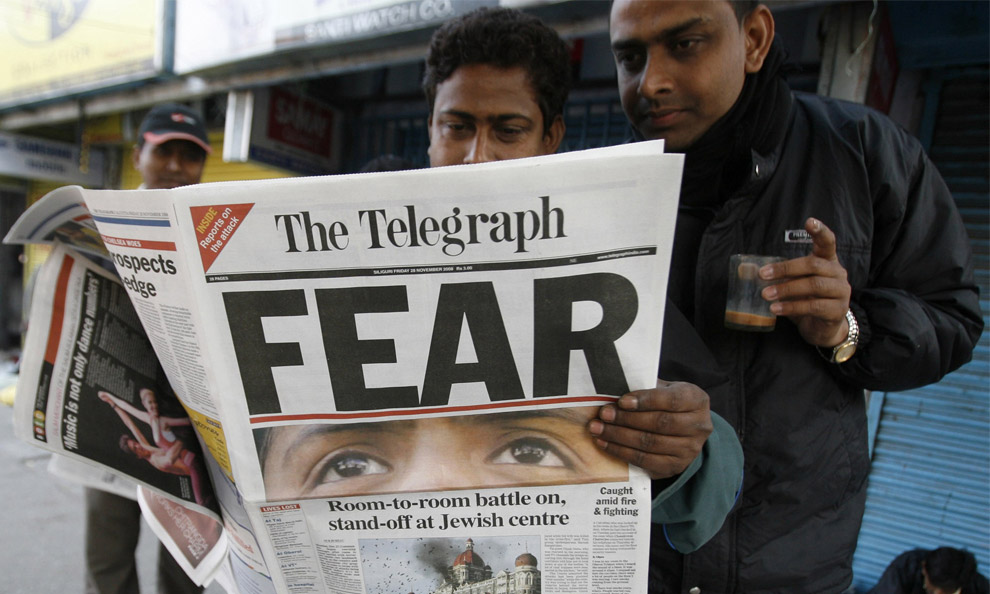
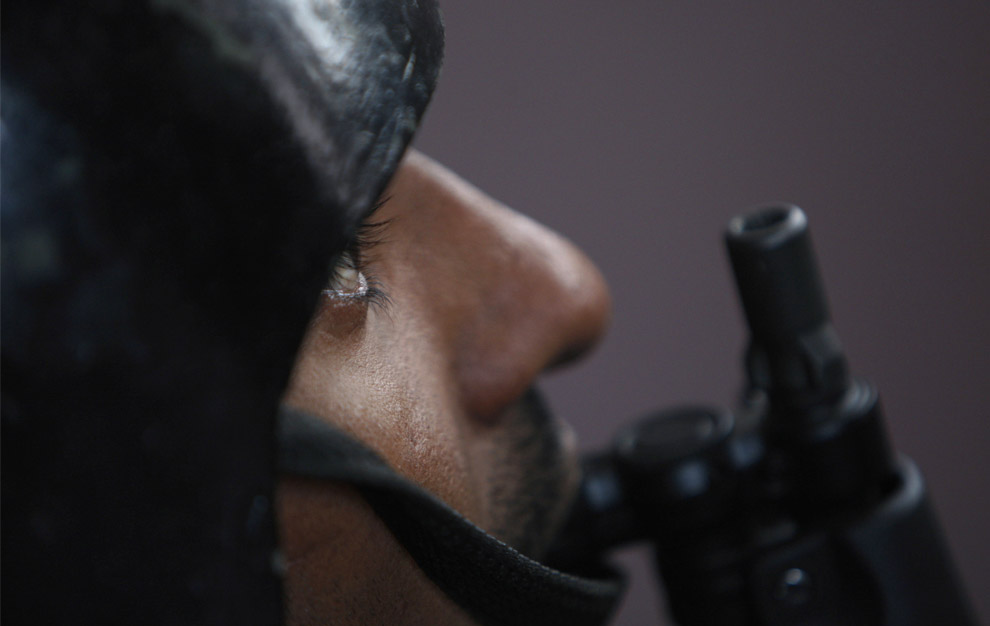
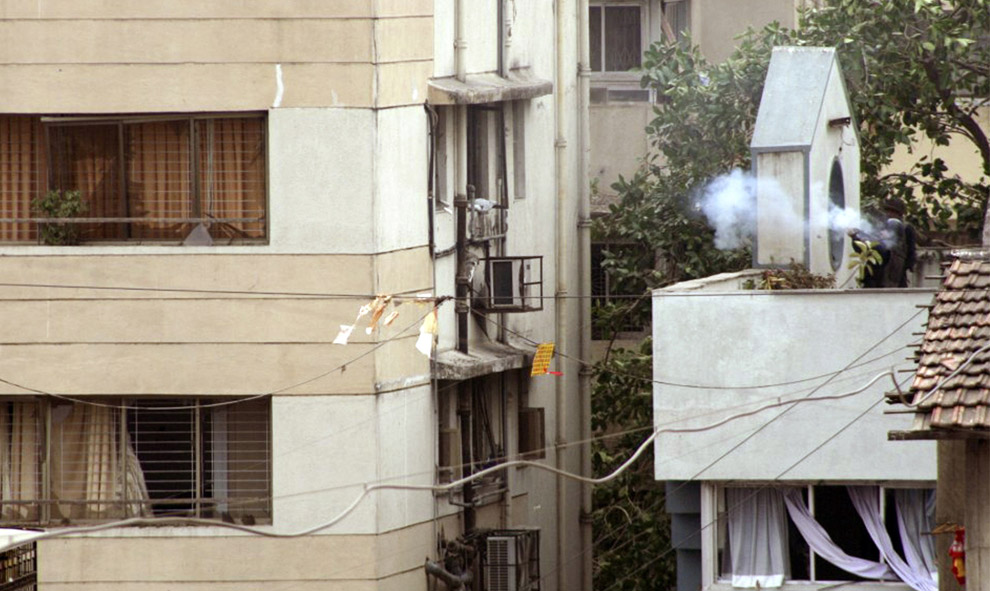
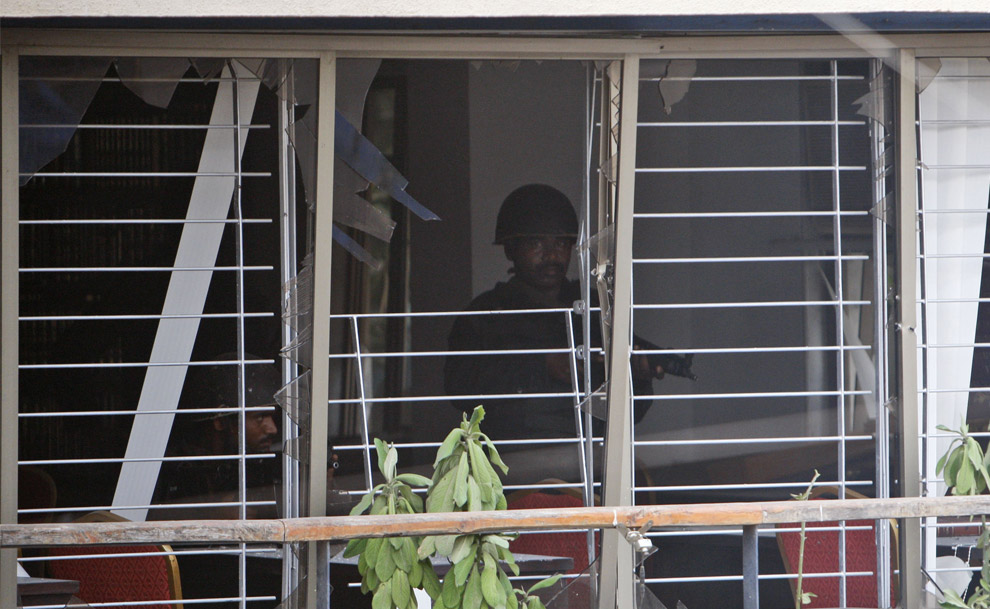
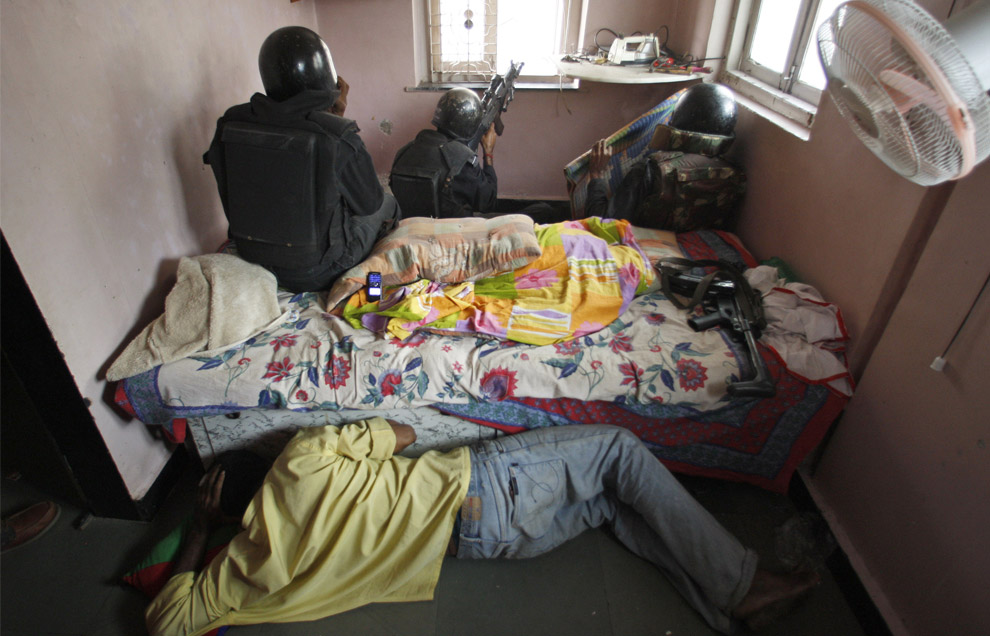
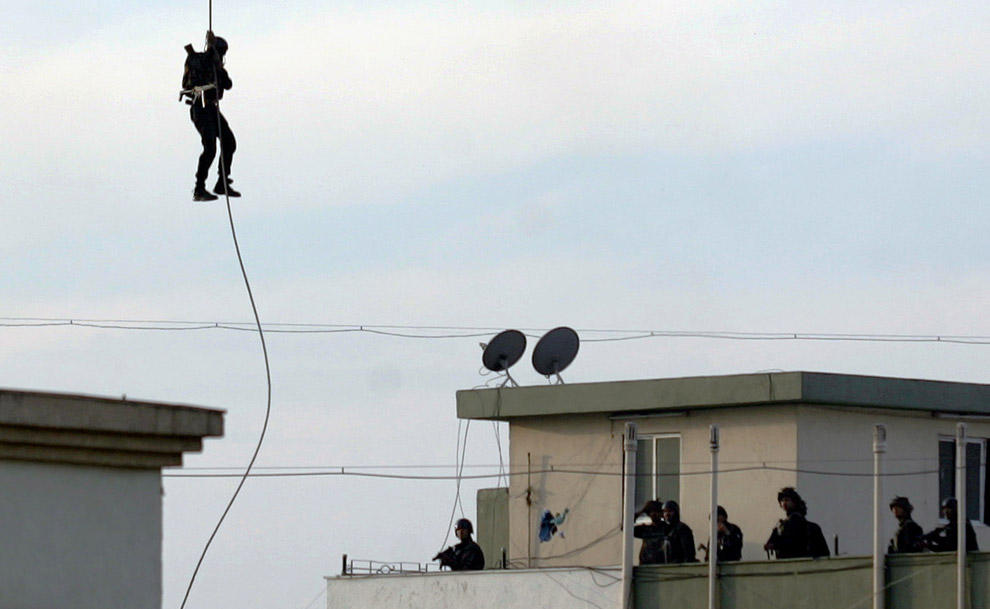
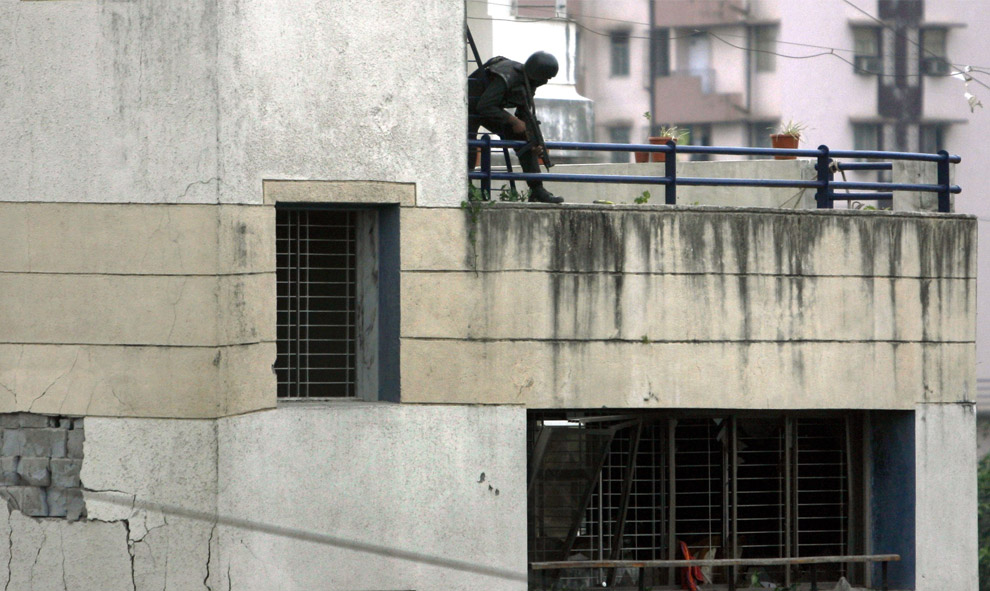
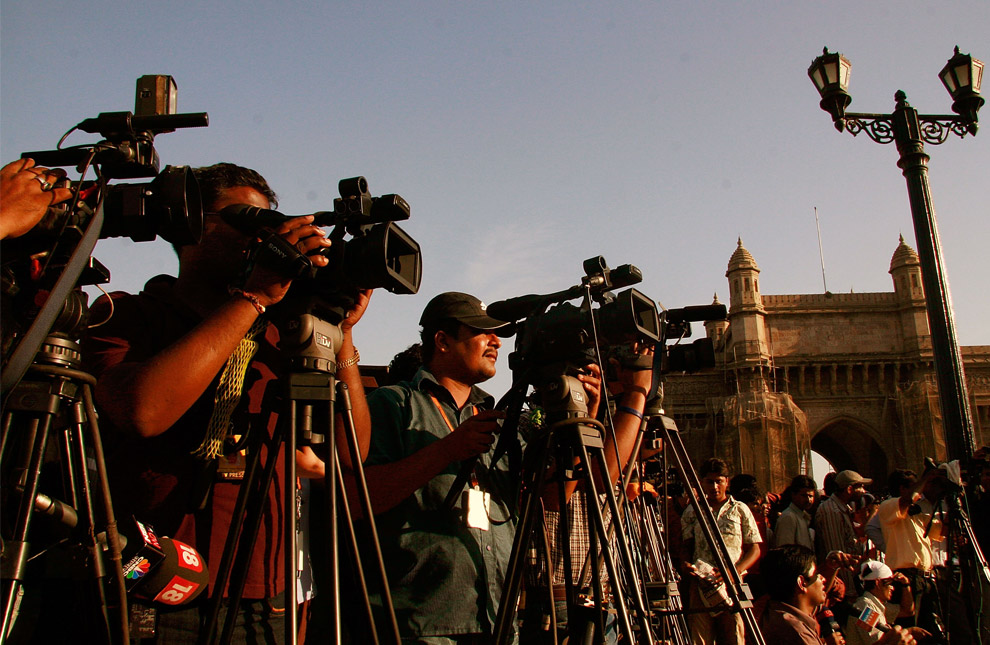

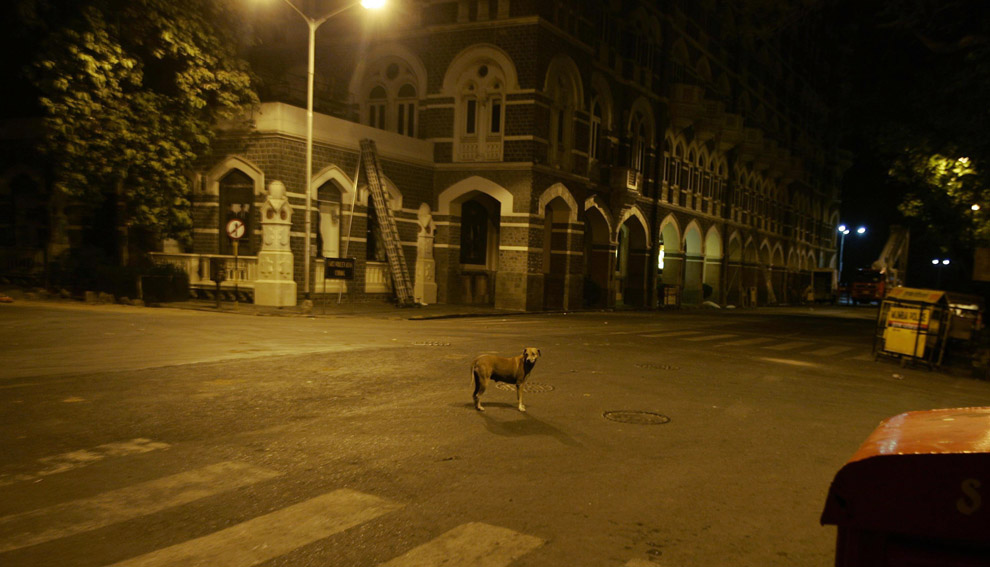
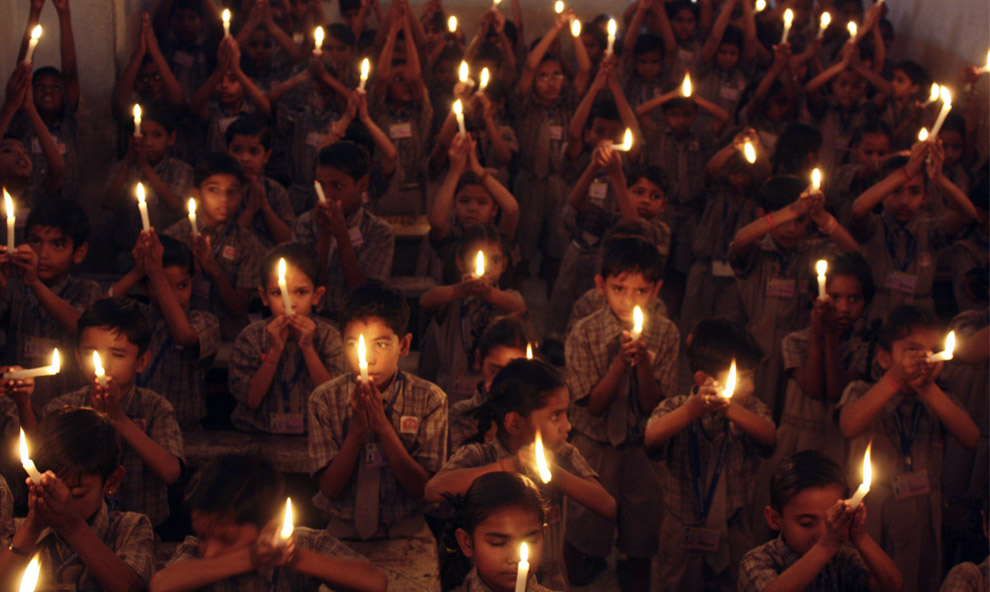
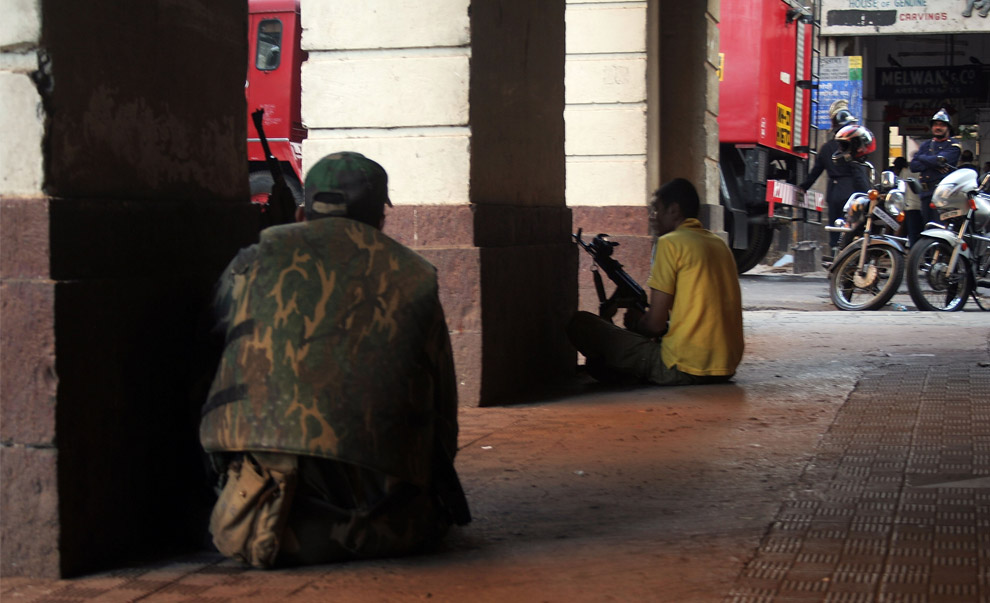
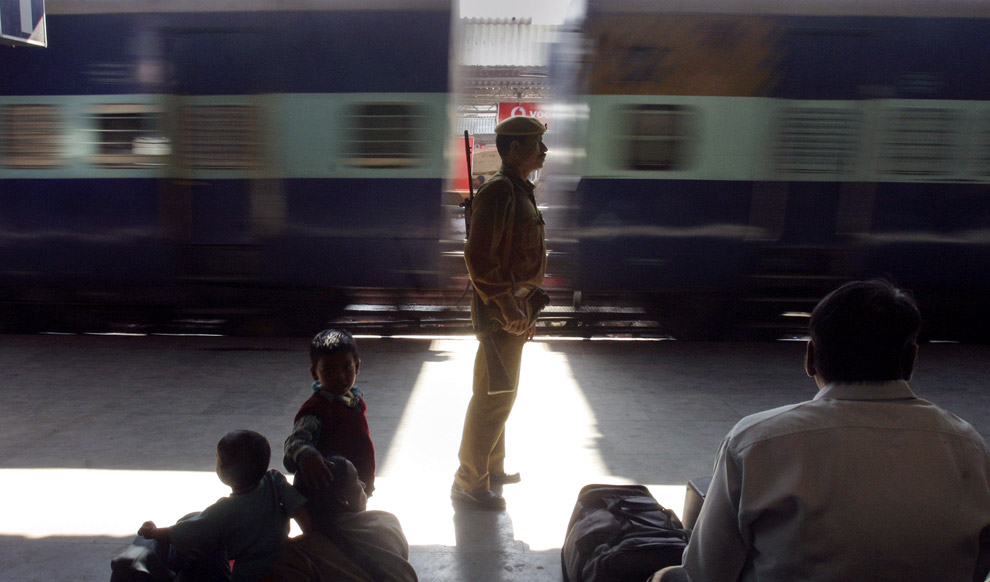
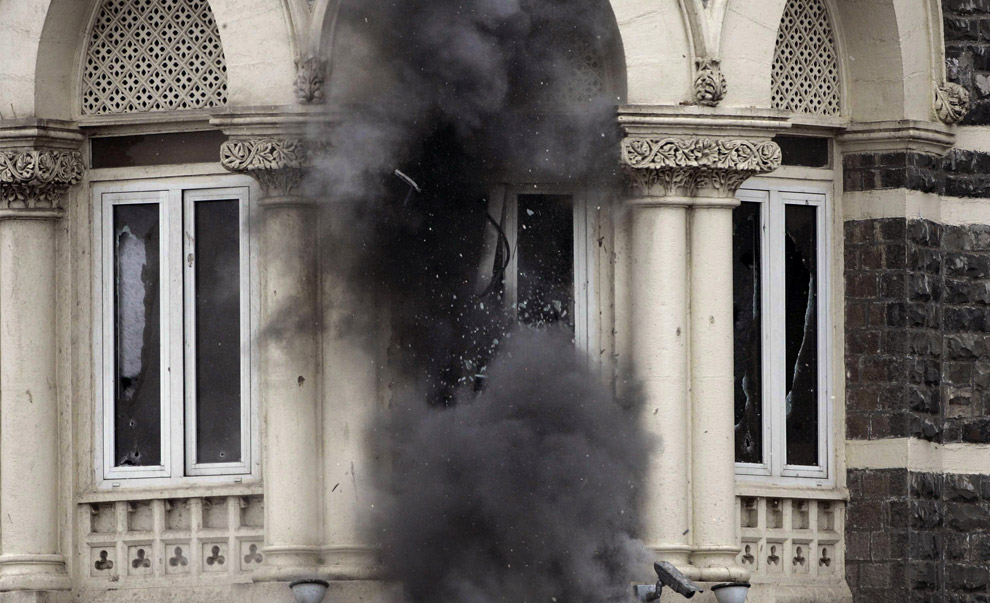
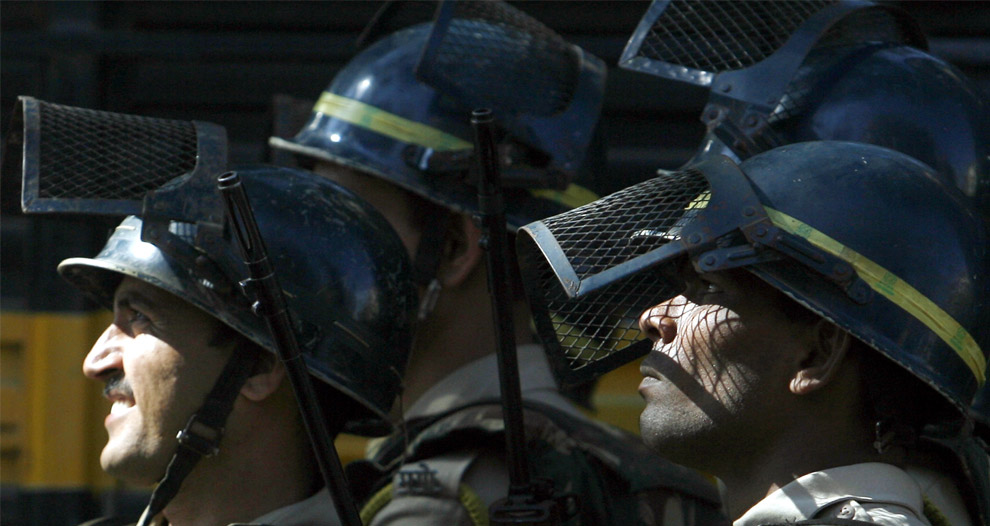
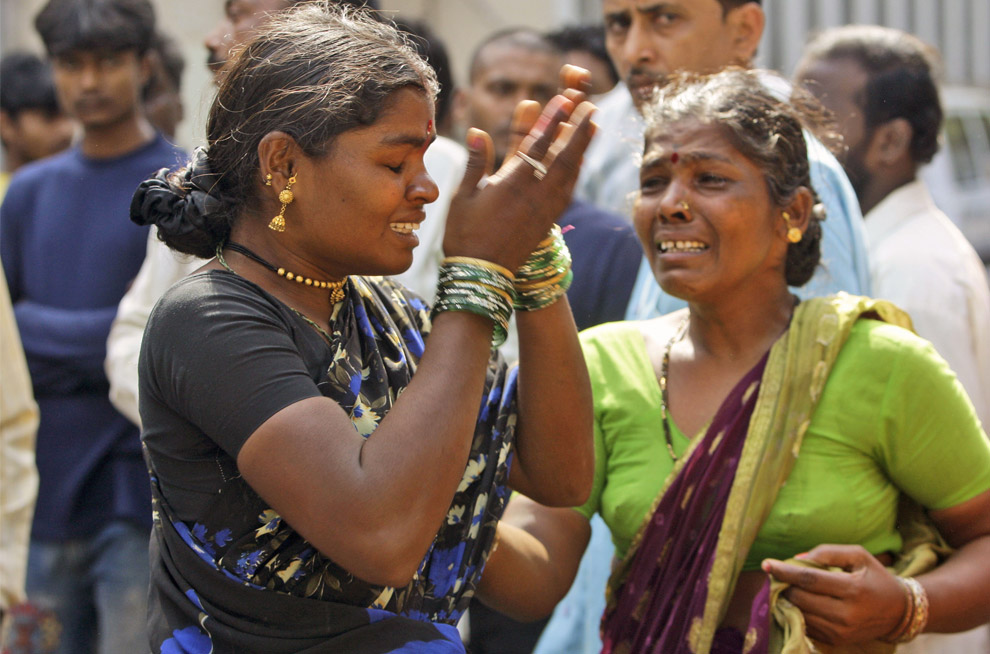
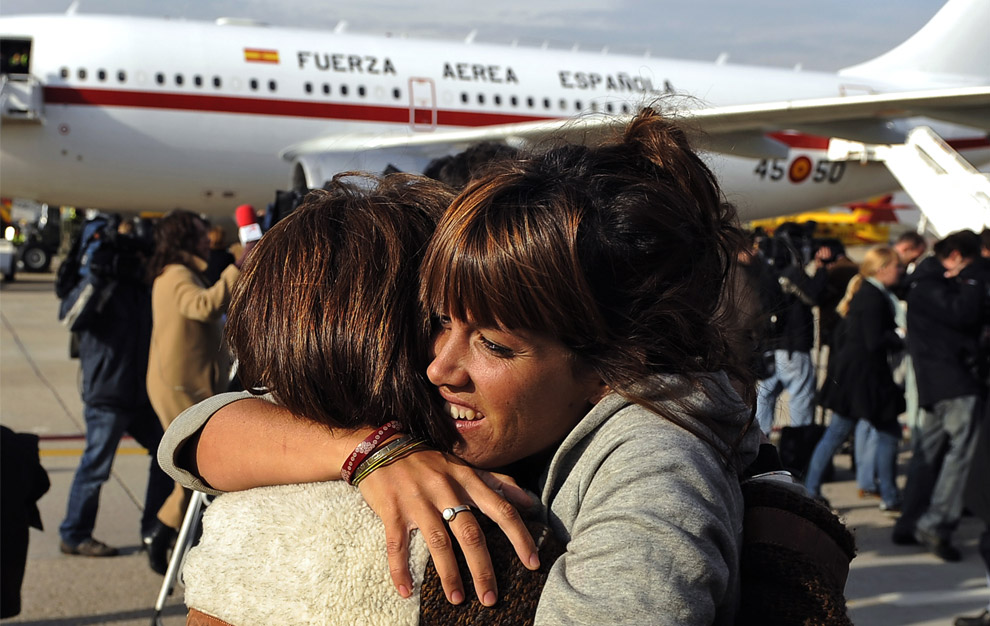
 It was on 26th January 1950 that
It was on 26th January 1950 that 